Whether you're planning your first visit or looking to return, this extensive Kyoto city guide has everything to get you started on experiencing Japan's alluring former capital on your own terms.
This isn't just a list of typical tourist traps; it's an expert-curated guide to immerse yourself in Kyoto's rich cultural tapestry.
Experience Kyoto’s captivating history, culture, cuisine and natural landscapes, guided by local resident and author Phillip Jackson as he unveils the secrets of Kyoto, opening up the city for exploration beyond the well-known paths.
This is your guide to Kyoto's gems - both known and yet to be discovered. Your journey unlocking the secrets of this enchanting city begins here…
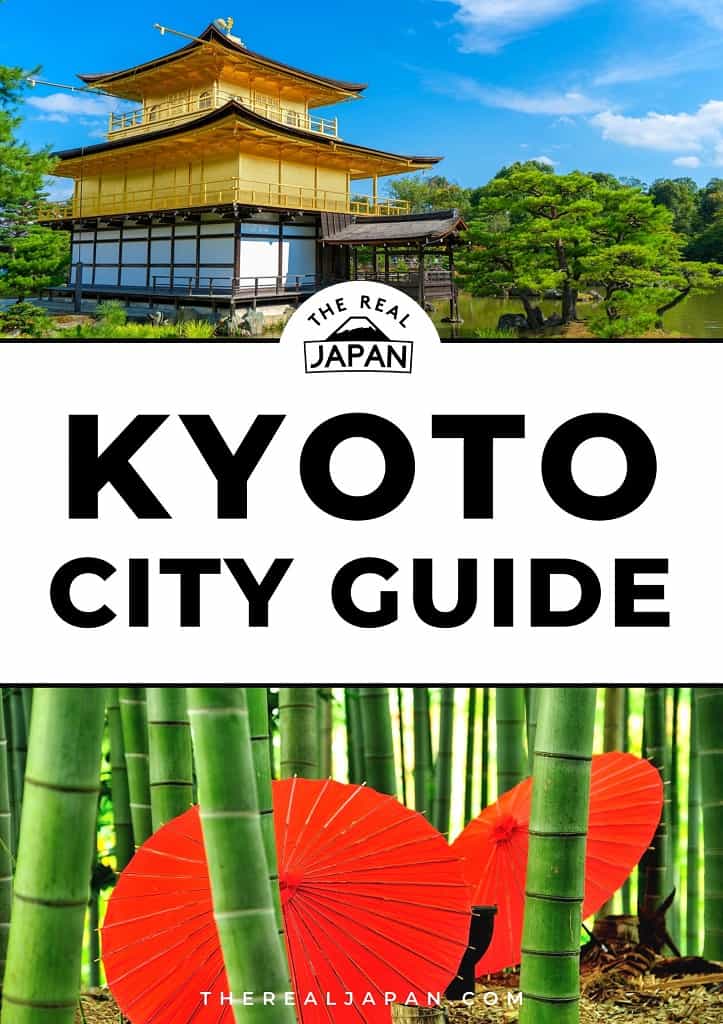
Kyoto City Guide
by Phillip Jackson
Kyoto City Guide: Introducing Kyoto
From hidden temples echoing with centuries-old whispers to tucked-away teahouses where time stands still, use this guide to uncover the finest Kyoto has to offer, what each season brings, the best places to stay, charming day trips and a whole lot more.
Oh, and before we get in too deep, if you've already had your fill of Kyoto and are looking for alternatives nearby, you should check out this post: How To Spend A Week In Kansai (And Not Visit Kyoto).
With a population of just under 1.5 million (2020), Kyoto is the ninth largest city by population in Japan. Founded as the capital in 794, it was the home of Emperor Kanmu, and remained as the Imperial City of Japan until 1869 after the Meiji Restoration and the demise of the Tokugawa Shogunate.
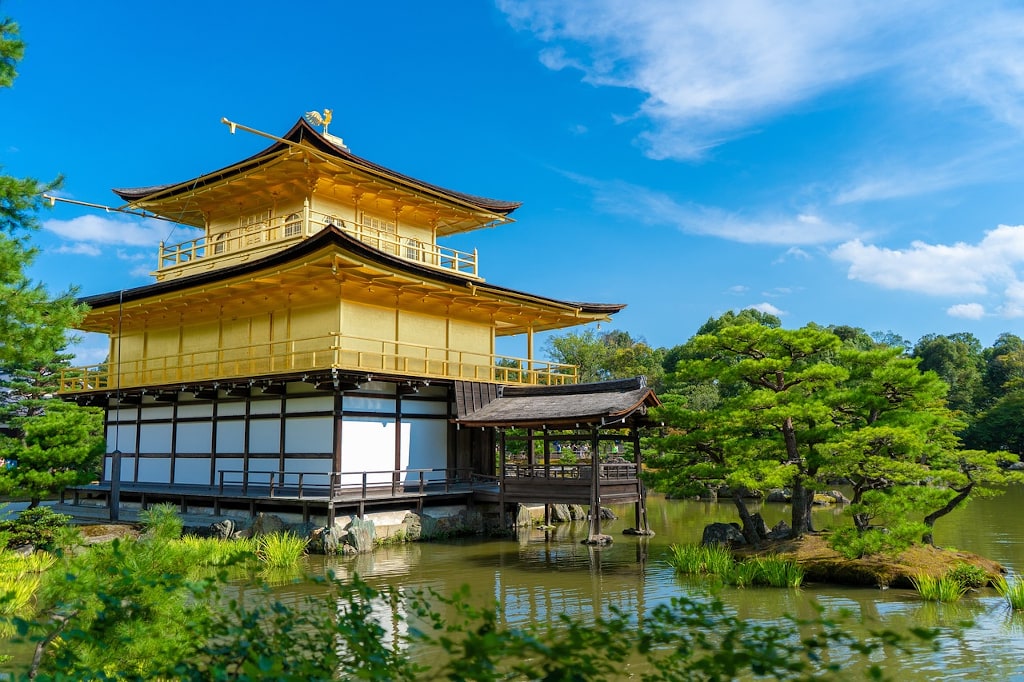
The spectacular Kinkakuji Temple, aka The Golden Pavilion, deserves its iconic status
Kyoto is regarded as the Cultural City of Japan, and as such attracts many tourists both native and overseas, and offers a wide selection of places of interest to visit covering not just history, but also nature, cuisine, and architecture.
SEE ALSO: 3 Hidden Kyoto Walks To Get You Off The Beaten Path
Where is Kyoto?
Kyoto is one of the seven prefectures that make up the region of Kansai on the largest of Japan’s four main islands, Honshu. It is nestled between Osaka and Hyogo on the west, and Shiga to the east, with Nara to the south. The north of the Kyoto prefecture stretches to the coastline of the Sea of Japan.
The larger Kansai city of Osaka can be reached easily within 30 minutes by train, and a Shinkansen from Kyoto will get you to the capital Tokyo in around 2 hours 15 minutes.
The Climate in Kyoto
CURRENT WEATHER
Kyoto has a humid subtropical climate, featuring a marked seasonal variation in temperature and precipitation. The hottest months being July to September, and the coldest being January.
During spring (March to May) the average temperature steadily rises from around 8°C/46F in March, up to 19°C/66F in May. Generally, the cherry blossoms, or sakura, bloom between the end of March and the first two weeks of April.
Summers are hot and humid, but winters are relatively cold with occasional snowfall, quite often in late January. Kyoto's rainy season begins around the middle of June and lasts until the end of July, yielding to a hot and sunny latter half of the summer.
Kyoto, like most of the Pacific coast and central areas of Japan, experiences its fair share of typhoons during the summer and autumn.
SEE ALSO: The Best Time To Visit Japan – All You Need To Know
VIDEO: Kyoto Vacation Travel Guide
What To Do In Kyoto: Seasonal Events and Festivals
Spring in Kyoto
Like everywhere else in Japan, springtime is cherry blossom Hanami time (viewing the Sakura blossoms) and there are many places to see this in Kyoto. One recommended Kyoto location for Hanami is the Fushimi Momoyama Castle grounds. Sakura typically blooms between the very end of March and the first two weeks of April.
GetYourGuide offers a private tour by traditional rickshaw through the charming neighbourhood of Higashiyama during the cherry blossom (sakura) season.
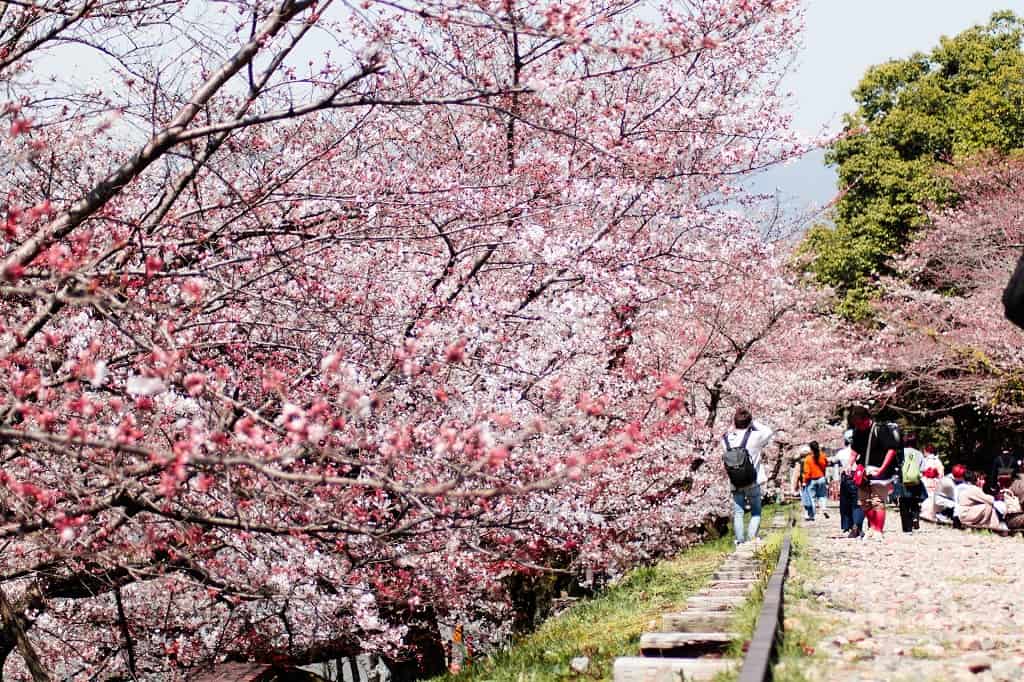
Kyoto is one of the most popular spots to view Japan's dramatic sakura - or cherry blossom displays
Another major event on Kyoto’s spring calendar is the Aoi Festival in May. This festival is connected to the World Heritage sites of Kamigamo and Shimogamo Shrines. During the festival an elegant parade reflecting the Heian Imperial Court goes from the Imperial Palace (Gosho), through Shimogamo Shrine, and on to Kamigamo Shrine. One of the oldest festivals, it dates back 1,500 years.
SEE ALSO: Sakura Beautiful Cherry Blossom Festivals in Japan
Summer in Kyoto
Summer in Kyoto is known for two major events, the Gion Festival and the Obon Gozan no Okuribi. The Gion Festival is a festival of good health, is over 1,000 years old and runs through the month of July. July 17th and 18th are the dates that draw the major crowds when the wooden floats are drawn through the streets, but as mentioned, other elements of the festival can be observed on less busy days, and even during the evening.
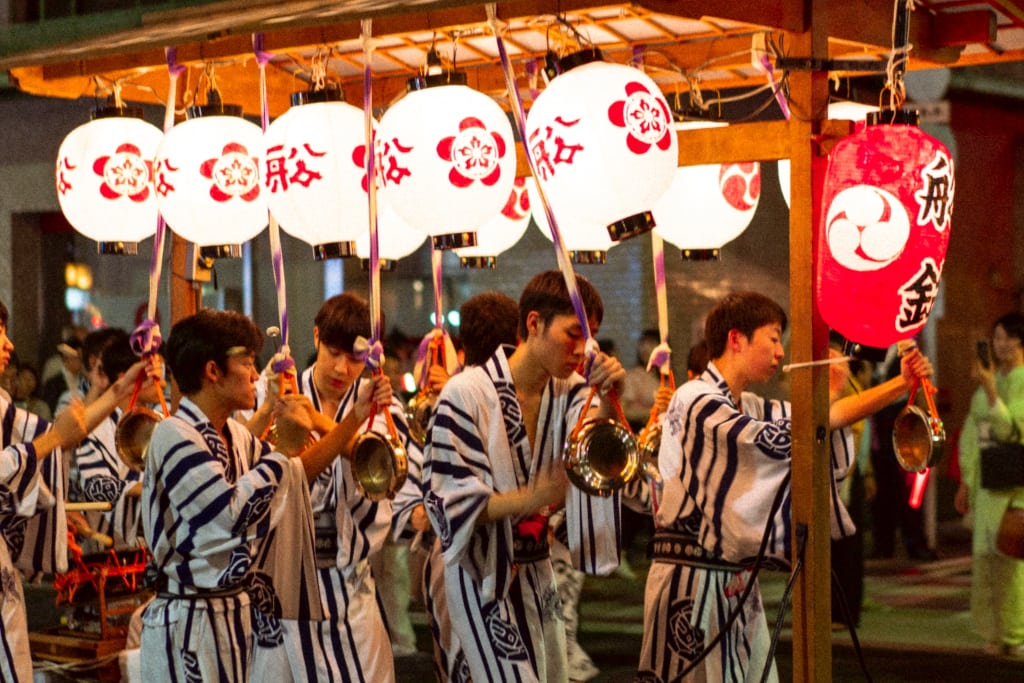
Kyoto's Gion Matsuri summer festival draws the crowds to witness a dazzling parade of floats and music
In August during the week of Obon we have the Gozan no Okuribi, the fires on the five mountainsides. This event marks the end of the Obon, Obon being a time when the ancestral spirits return to the family homes. On the 16th the fires are lit on the mountains to guide those ancestral spirits back to the spirit world where they reside until the next Obon. People line the banks of the Kamigamo to view the fires, and lighting begins at 8pm in the evening.
There are also a number of other locations around Kyoto where the fires can be seen from. It is said that if you are drinking sake and the light of the fire reflects in your drink then you will be blessed with good health for the year until the next Obon.
SEE ALSO: The Best Time To Visit Japan – All You Need To Know
Autumn in Kyoto
The processional Jidai Festival is held every year on October 22nd. This festival began in the latter half of the 19th century to mark the founding of Kyoto 1100 years earlier, so compared to many other festivals of Kyoto it is quite new. The parade displays traditional costumes and items from the time when Kyoto became the capital. Many famous historical figures, such as Oda Nobunaga and Sakamoto Ryoma are depicted and part of the procession.
The floats, marching bands, and parade start at the old Imperial Palace and finish at the Heian Shrine. The last two floats of the parade, mikoshi, carry the spirits of Emperors Kammu and Komei, the first and last emperors of Kyoto.
SEE ALSO: 6 Magical Spots to See Spectacular Autumn Leaves in Japan
Winter in Kyoto
The new year brings in a time for Hatsumode, the first visit of the year to a Buddhist Temple or Shinto Shrine. People wish for health and good fortune for the coming year, purchase a new omamori charm, and return the old ones from the previous year. One temple for making this event a more interesting experience is Iwashimizu Hachimangu on Mount Otokoyama in the Yawata area of Kyoto.
A cable car ride takes you to the top of the small mountain, and then it is a short walk to the shrine, the founding of which dates back to the 9th century. The woodlands around the shrine also houses a memorial to Thomas Edison as bamboo from these woods were used as filaments in Edison’s early light bulbs in the late 1800’s.
SEE ALSO: Kobe Luminarie: Japan’s Most Dazzling (And Moving) Light Festival
Kyoto Travel Guide: How to Get Around
Kyoto is not a mass sprawling city, and is easy to get around. In fact, you could easily spend your time walking from location to location if you stay in the main part of the city. But, for those not inclined to take that option, Kyoto also has excellent transport infrastructure.
City buses cover many routes around the city, subway lines, as well as Keihan, JR, Hankyu, and Kintetsu train lines. There are also a number of small trains and trams such as the Keifuku Randen Tram Line which takes in the popular Arashiyama area, as well as the Eizan line going out to Kibune. Another way to get around Kyoto would be to rent a bicycle.
Popular attractions in Kyoto
Kyoto boasts a number of World Heritage Sites and ‘famous’ locations some of which will be included in this list (as they are ‘top attractions’) but we’ll also include some not so well known but equally scenic and interesting sites to see and experience.
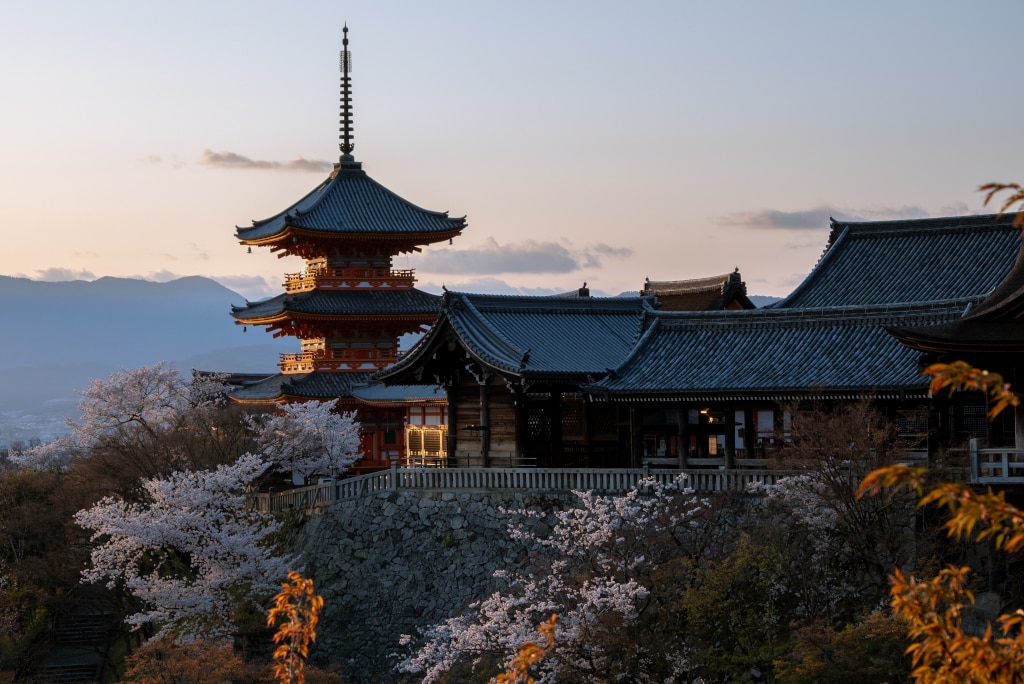
Kiyomizudera - many of the temple's present buildings were constructed in 1633
1. Kiyomizu-dera - Kyoto's vast Buddhist temple
Kiyomizu-dera is perhaps Kyoto's most spectacular Buddhist temple.
Established by Enchin Shonin, a priest from Nara, in 778 during the late Nara period, after he received a vision to construct the temple next to the Otowa spring (a spring that can be found under the large platform of the temple that so many people will already know from tourism images).
In 798, the shogun Sakanoue Tamuramaro, improved the site by including a large hall, but many of the temple's present buildings were constructed in 1633, at the order of Shogun Tokugawa Iemitsu.
In 2007, Kiyomizu-dera was one of 21 finalists for the New Seven Wonders of The World. The official Kiyomizu-dera website has a plenty of information to help plan your trip, including a schedule of annual events.
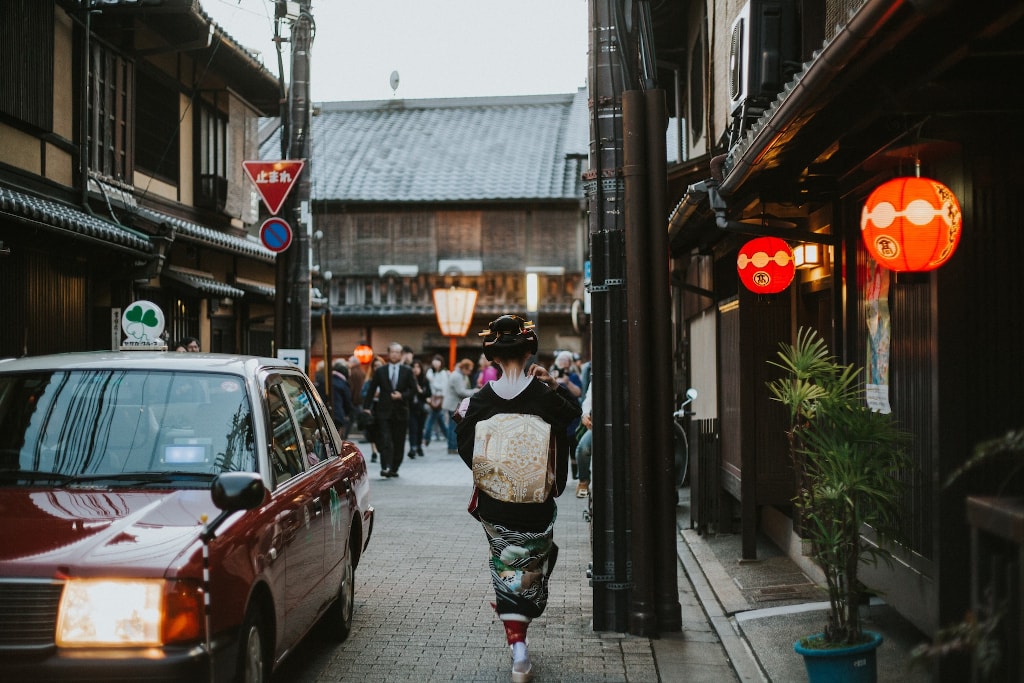
Kyoto's Gion district is the place to see geisha, or geiko as they are called here, going about their work
The Best Kyoto Tours and Things With GetYourGuide
2. Nijo Castle - Edo era shogun stronghold and gardens
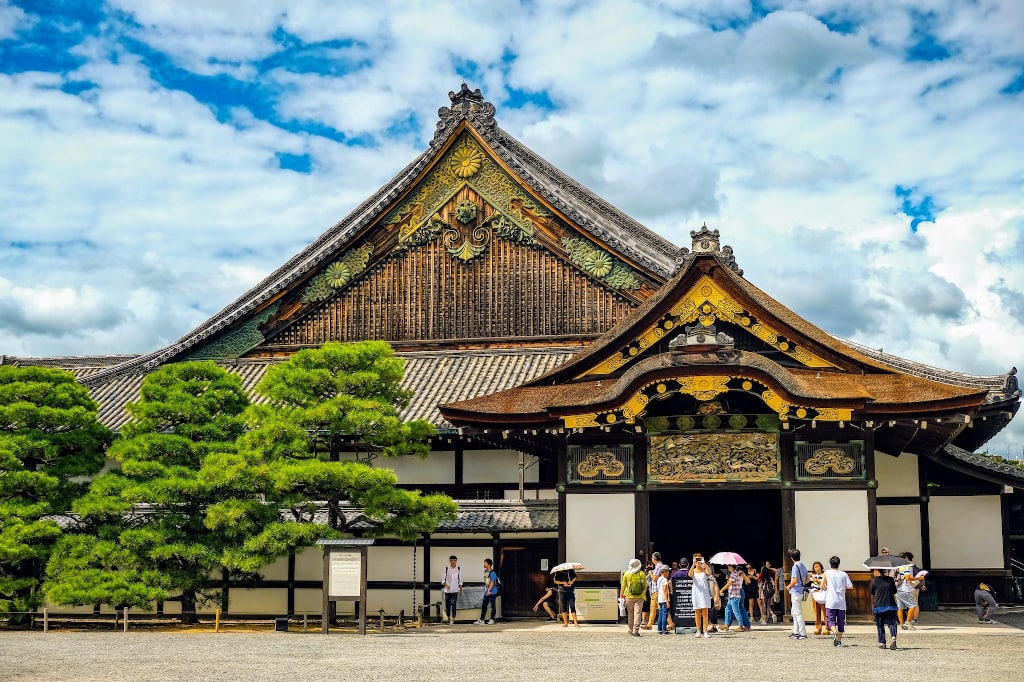
The historic Nijo Castle and its gardens combine history with traditional culture
Nijo is a castle of the shogun during the Edo Period. On the 13th day of the Tenth Month of Keio 3 (1867), the last shogun, Tokugawa Yoshinobu, summoned senior officials of 40 feudal domains to the Grand Hall of Nijo Castle, where he announced his intent to abdicate and restore political power to the Imperial Court.
One of the 17 Historic Monuments of Ancient Kyoto, Nijo Castle is also an UNESCO World Heritage Site. A must-see part of the castle is Ninomaru Palace. Learn more over at the official Nijo Castle website (in English).
3. Eiga Mura, Kyoto Studio Park - film set and theme park
A day out at Kyoto Studio Park is one for all the family. A film set and theme park, which opened in 1975, the site is modelled on Japan during the Edo Period.
As well as seasonal events the park offers attractions including trick art, ninja training, ninja climbing, and the ninja mystery house, cosplay, haunted house, galleries, laser mission, 3D maze, anime-activities, and of course the film set viewing area. There are two theatres that put on regular performances, and also shops and restaurants.
Why not double up on theme parks by also visiting nearby Universal Studios Japan in Osaka, complete with the world's first Super Nintendo World?
4. Kamigamo Jinja - World Heritage shinto shrine
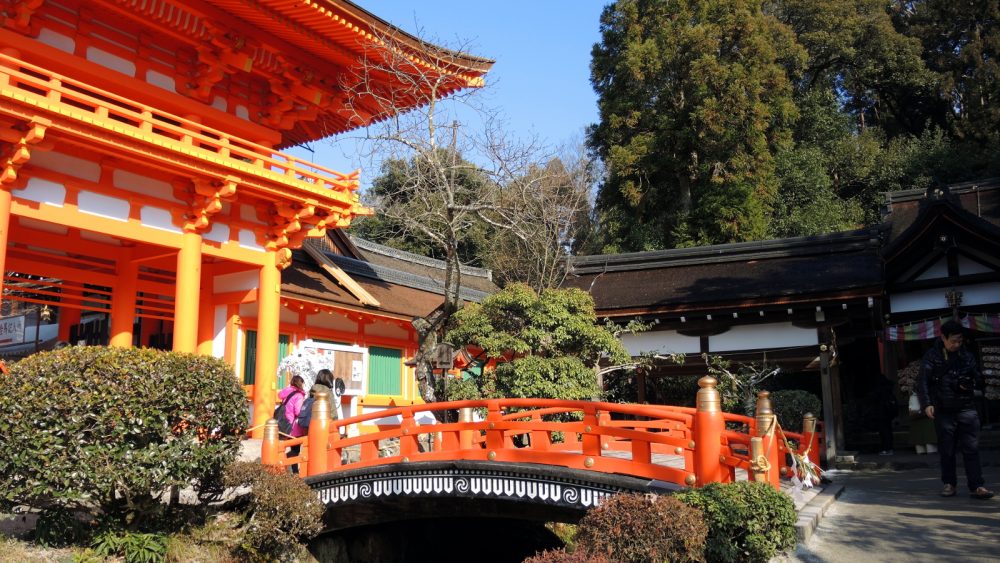
Kamigamo Shrine in the north of the city sits at the base of Ko-yama mountain
Sitting at the base of Ko-yama, in an area of Kyoto said for centuries to be a gateway for malign and evil spirits and demons to enter the city is the World Heritage Shinto Shrine Kamigamo Jinja.
It is one of the oldest Shinto shrines in Japan dating back to the 7th century and is connected to the Shimogamo Jinja further south as upper and lower shrines of the Kamo Shrine. The two shrines with their venerated deities (the Thunder God Kamo Wake Ikazuchi at Kamigamo) serve to protect Kyoto from the above-mentioned demons and evil entities.
5. Mimuroto-ji – The Temple of Flowers
Nestled in the foothills of Uji, known as the Temple of Flowers, Mimuroto-ji sits amidst an expansive garden that offers a wonderful array of plants and trees coming into bloom at different times throughout the year.
The temple was established over 1,200 years ago by Emperor Konin to house a Buddhist image of Senju-Kan'non (the "thousand-armed" Bodhisattva of Compassion) said to have been found in the mountains of Uji, and originally named Omuroto-ji it was later changed to Mimuroto-ji. The temple is also the 10th of 33 Holy Places of the Western Country, a series of temples dedicated to Kannon which used to be a popular pilgrimage in ancient times.
6. Fushimi Inari Taisha - 8th century red torii gates
Fushimi Inari Taisha is one of the most well-known locations in Kyoto. The origins of Fushimi Inari Taisha, famed for the ‘senbon torii’ the pathway of red wooden gates that start at the base of the mountain and lead up to the top, can be traced back to the 8th century legend of Irogu no Hatanokimi, an aristocrat member of the prominent Hata clan, who was practising his archery by shooting at rice cakes. One of the rice cakes transformed into a swan and flew to the mountaintop.
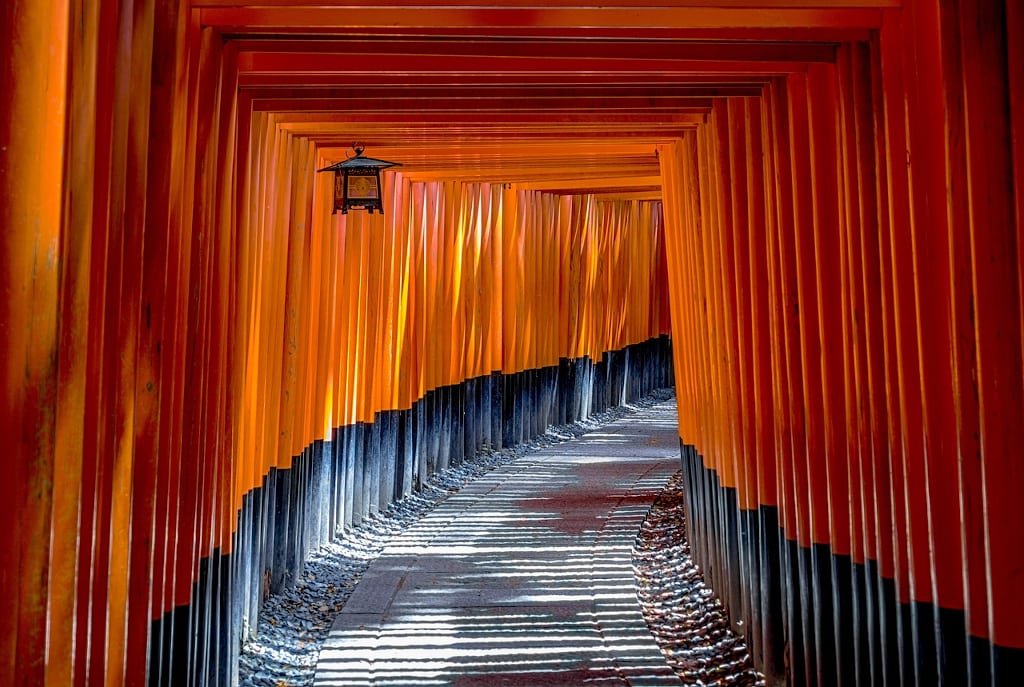
Fushimi Inari Taisha Shinto shrine is famed for its iconic ‘senbon torii’ - the pathway of red wooden gates
Miraculously, where the swan landed became an abundant rice field. This miracle could only have been the work of the Shinto God of Rice, Inari (the name Inari which derives from the Japanese word ‘ine’ for rice seedling), and the location became enshrined to the god of rice. O-Inari, the deity is, from some sources, also known as Uka no Mitama no Kami, son of the storm god, Susanoo (the brother of Amaterasu (the Sun Goddess)) (and in some stories Uka no Mitama is the daughter of Izanami and Izanagi, the creator deities of Japan).
Worship of O-Inari at Inari Taisha is probably the earliest known place of homage to the rice kami (god). Around the shrine you will also notice many stone fox statues. Foxes are said to be the spirit messengers of O-Inari, and, according to myth, Inari, as a goddess (O-Inari has been written in myth and legend to take the form of both male and female), was said to have come down from the Heavens to Japan at the time of its creation during a harsh famine. She was said to have descended riding on a white fox, and in her hand, she carried sheaves of grain (Ine – rice) which she planted in the swampy grounds.
7. Kinkakuji - The Golden Pavilion
The image of Kinkakuji, the Golden Pavilion has become synonymous with Kyoto. Named as a World Heritage site in 1994, it is no surprise that this romanticised location is so popular. The grounds of, and around Kinkakuji have housed the residences of many an aristocrat since the Kamakura Period (1185-1333).

Kinkakuji Temple, aka The Golden Pavilion, lives up to its reputation as a spectacular highlight of Kyoto
It was thought in 1394 that Ashikaga no Yoshimitsu, the third Ashikaga shogun, retired and set about the task of building a series of splendid and elegant buildings here, of which the Golden Pavilion was one. The current building is a replica of the original, rebuilt after a deranged monk burnt down the original in 1950. The beautiful gardens around Kinkakuji are described as of the Muromachi period in style.
If you want to experience Kinkakuji among Kyoto's other top attractions but you'd rather someone else handles the logistics, then you might prefer to book a customizable private tour that includes transfers from and to your hotel.
https://www.shokoku-ji.jp/en/kinkakuji/about/
8. Arashiyama - Bamboo forest and monkey park
Think of Arashiyama, and you think of a bamboo forest (Sagano Bamboo Forest), and the Togetsukyo Bridge over the Katsura River. The Togetsukyo Bridge (The Moon Crossing Bridge) was built in 836, and the current construction dates back to 1934.
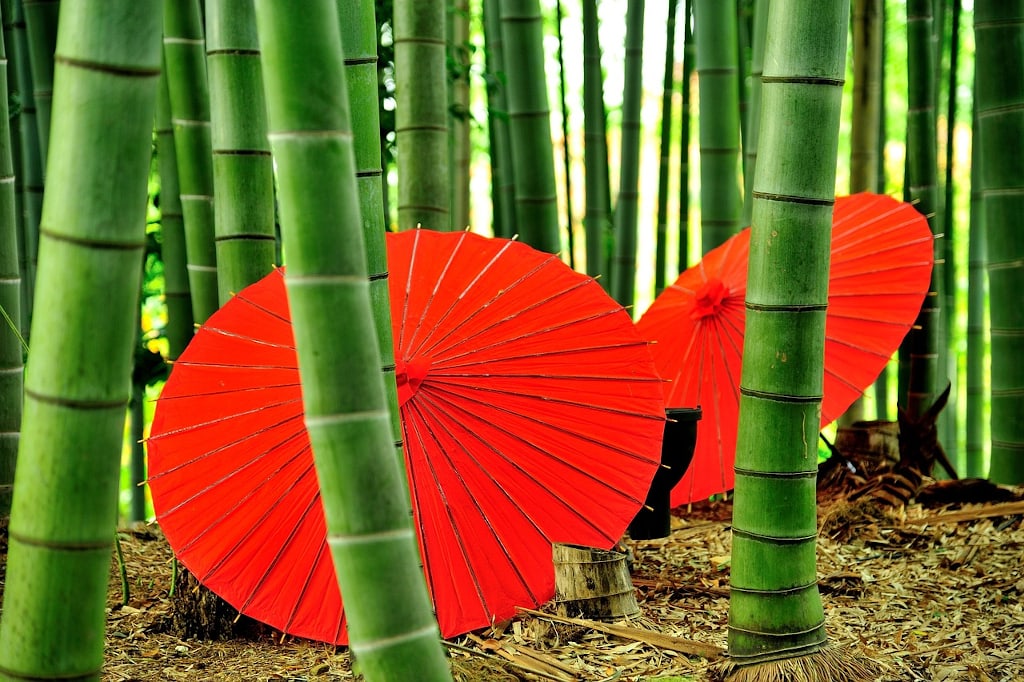
Kyoto's Arashiyama area is home to its famous bamboo grove but also the World Heritage site of Tenryu-ji Temple
As well as the busy shopping street you will also find the well-known World Heritage Site, Tenryu-ji Temple founded by Ashikaga Takauji (the first Ashikaga Shogun) in 1339. For those a bit more adventurous then why not take a walk up Iwatayama to feed the macaque monkeys at Arashiyama Monkey Park.
https://kyoto.travel/en/see-and-do/hidden-saga-arashiyama.html
9. Gosho – Kyoto Imperial Palace
No matter how many people visit Gosho, the Imperial Palace grounds, the location is so expansive that it never feels busy. Since the abandonment of the Heian Palace in the late 12th century, Gosho became the residence of Emperors up until 1869, after the Meiji Restoration (the relinquishing of power by the Tokugawa Shogunate) and the emperor then moved to the Kanto region of Edo.
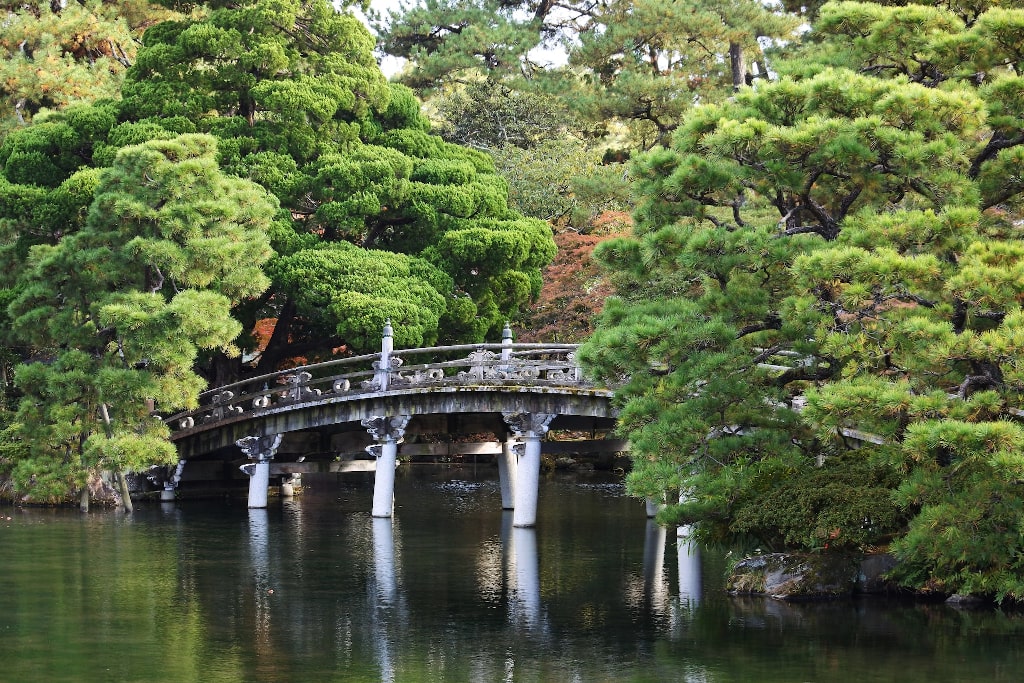
The Kyoto Imperial Palace and its surrounding Japanese gardens are ideal for escaping the busy crowds
In 1877 a preservation order was put in place to safeguard the site and today the grounds are open to the public. The palace buildings and gardens are also open at certain times. One notable location at Gosho is the Hamaguri Gate, where gunshot marks can still be seen as evidence of a fierce battle in 1864 called the Kinmon Incident.
https://sankan.kunaicho.go.jp/english/guide/kyoto.html
10. Gion - geisha district dating back to 6th century
No exploration of Kyoto would be deemed complete without immersing oneself in the enchanting ambiance of Gion, the renowned geisha district. While Gion traces its roots back to the 6th century, the area truly flourished as an entertainment hub and hanamachi ("flower town") during the evolution of the tea ceremony and the ascent of geisha culture over the preceding centuries.
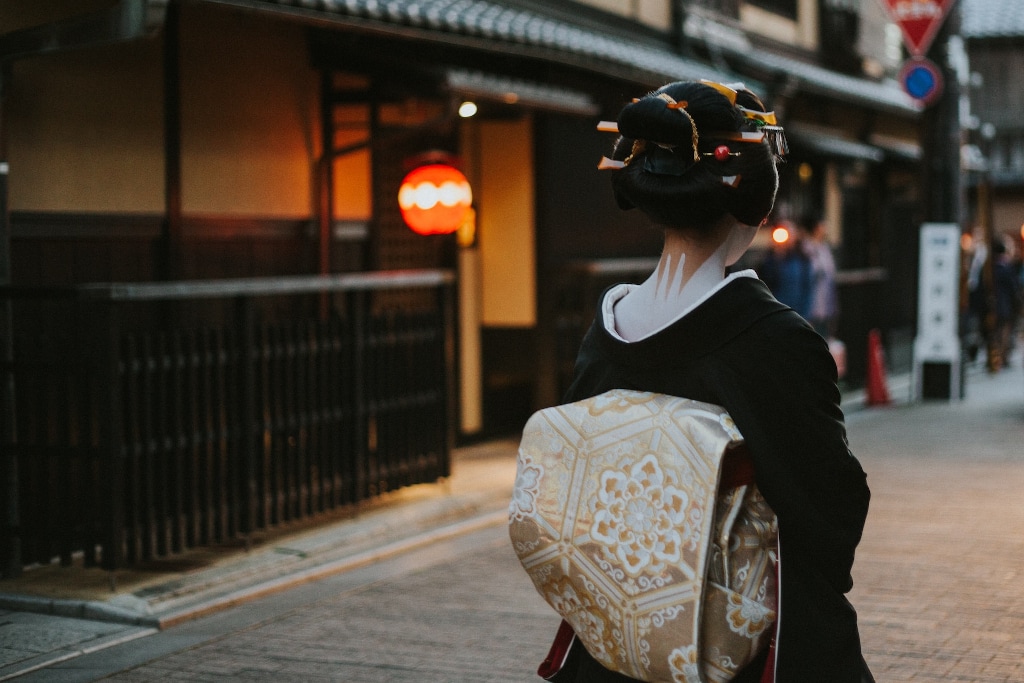
Kyoto's Gion district is famous as an area to spot the iconic geisha going about their work
Wander through the cobblestone streets, and with a stroke of good fortune, you might catch a glimpse of a geisha or a maiko, their graceful silhouettes darting between the traditional tea houses, adorned in their distinctive white face makeup and elaborate kimonos. Gion remains as a living example of Kyoto's cultural richness, hosting some of the city's most prestigious ryokan, including the famed Ichiriki Ochaya, immortalised in scenes from Memoirs of a Geisha.
Take on a leisurely evening stroll along the captivating Hanamikoji street, a thoroughfare flanked by stylish restaurants and ochaya (teahouses) boasting elegant wooden facades, all enveloped beneath the warm glow of red paper lanterns. The mysterious world of Geisha can seem exclusive and challenging to discover, so how would you like to be able to experience taking a tea break and talking with a Maiko, an apprentice Geisha?
Note: as Gion is so popular it can get very crowded, which can spoil the experience. If you want much of what Gion offers, but without the crowds, check out the little-known Shimabara Hanamichi in the Off the Beaten track attractions section below.
11. Kyoto Station - Striking glass and steel architecture
There is no escaping the fact that Kyoto Station is busy, but it is on our list due to it’s architectural significance and also the facilities and activities that are available within the station complex. The very first Kyoto Station opened in 1877. As the number of passengers increased a new improved station was built in 1914. Instead of brick this station included a lot of cedar wood in its materials, but this elegant looking building burnt down in 1950.
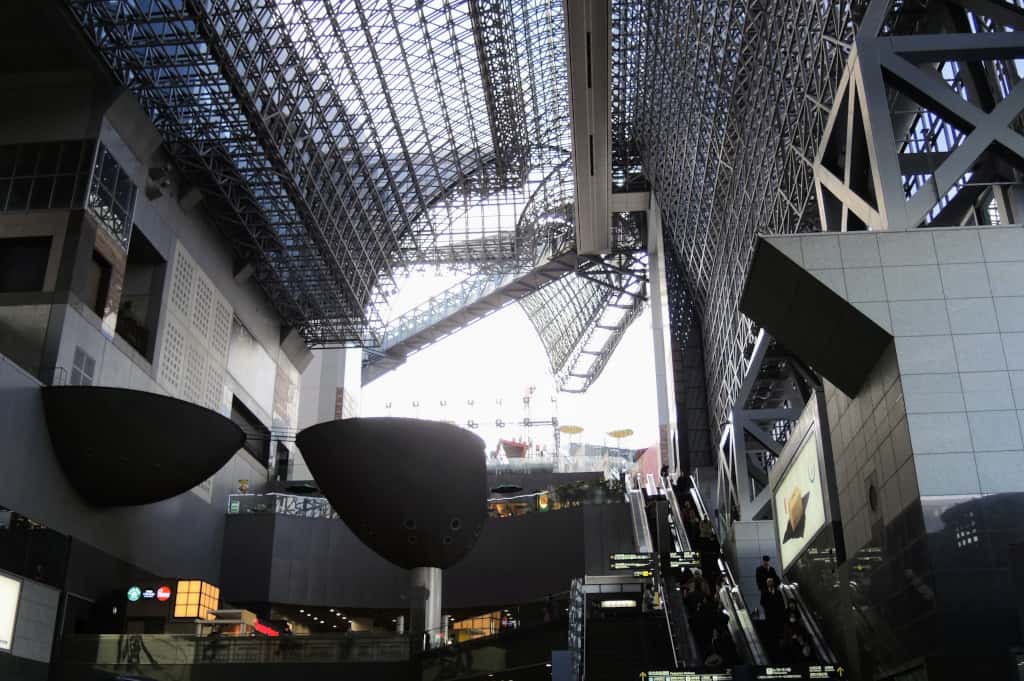
The unflinchingly modern Kyoto JR train station opened in 1997
As a replacement was needed quickly the third station was built with concrete. Come the 90's and a competition was held to find a new design for a new station to commemorate 1200 years of Kyoto. The winner was Hiroshi Hara with his glass and steel design, and the construction project began. The building work took over 3 years to complete but the station was opened to the public in its new design in September 1997.
The current station houses a hotel and theatre, shopping complexes, event spaces, and running across the top is the Skywalk, where a view across the city can be seen. Also in the station is a giant LEGO replica of Kyoto Station constructed in 2012 to commemorate 50 years of LEGO in Japan.
This dramatic building is in itself an attraction, and not just for architecture enthusiasts.
SEE ALSO: Why You Should Explore Kyoto Train Station’s Dramatic Architecture
12. Nishiki Market - more than just food
You don't have to be a foodie to appreciate the delights of Nishiki Market. Stretching for several blocks, this atmospheric covered street is brimming with speciality shops offering the finest regional ingredients. Even just window shopping is a fascinating insight into Japanese daily life and culture.
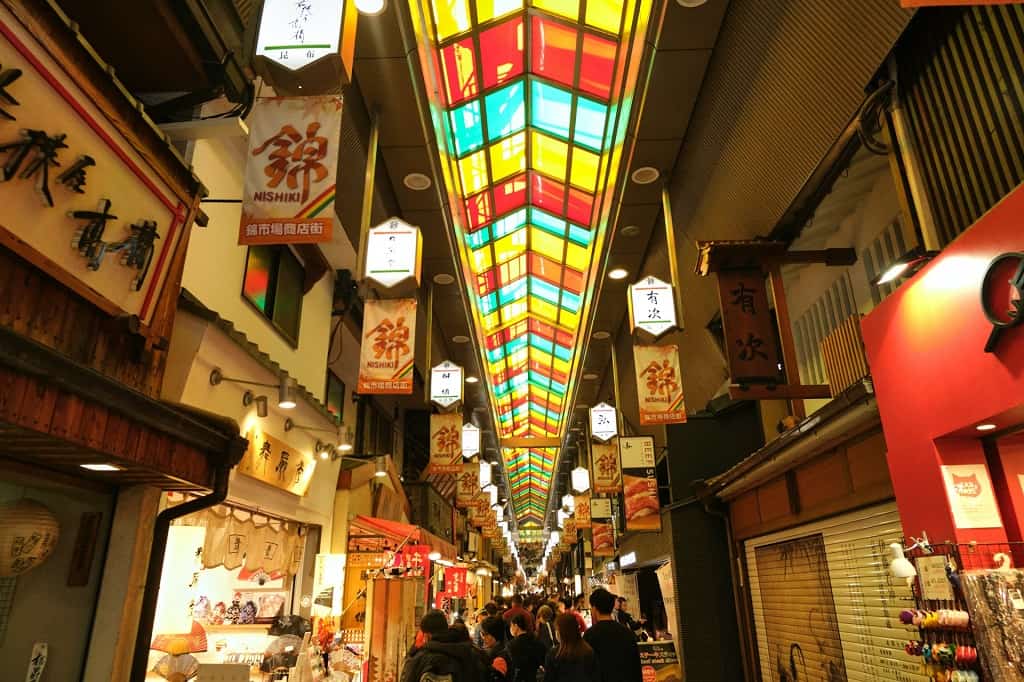
Immersing yourself in Nishiki Market offers a tantalising taste of the real Kyoto
Watch as staff carefully select glistening seafood, pickles and teas or observe local home cooks debate over the best vegetables and fruits. Don't miss the vendor stalls laden with intricate chopstick rests, elegant tableware and artisanal crafts. The scrumptious aromas will tempt you to graze on skewers of yakitori chicken, tamagoyaki omelettes sizzling on hotplates and delicate Japanese sweets.
Wander off the main drag down tiny back alleys to discover hole-in-the-wall bars and small restaurants frequented by locals. Hook up with a local guide to not only get an expert introduction to the cuisine of Kyoto, but enjoy tastings of different local dishes along the way. Immersing yourself in Nishiki Market offers a tantalising taste of the real Kyoto.
13. The Philosopher's Path - idyllic if you can avoid the crowds
As one of Kyoto's most popular attractions, the idyllic Philosopher's Path (Tetsugaku no michi) certainly lives up to its name... but only if you visit at the right time!
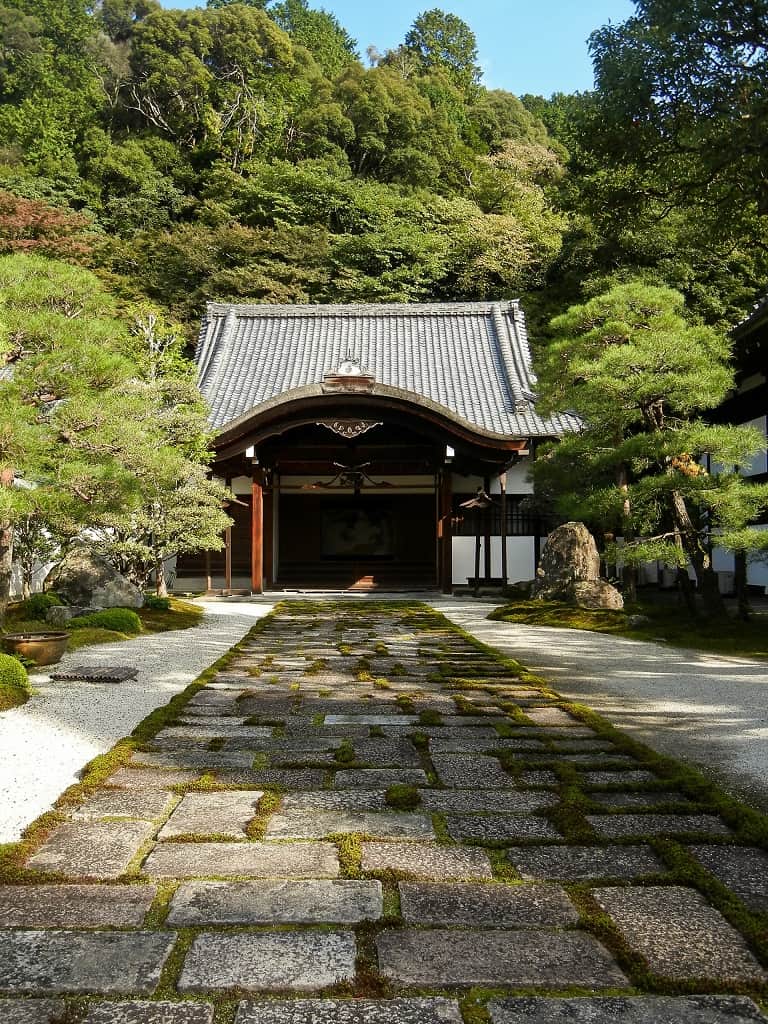
The Philosopher's Path ends at Nanzen-ji Temple
Running for just over a mile between Ginkaku-ji and Nanzen-ji temples, this iconic pedestrian walk with its canal lined by hundreds of cherry trees often swarms with tourists during peak seasons. To beat the biggest crowds, avoid visiting on weekends, holidays or during cherry blossom season in early April, when visitor numbers skyrocket.
Instead, plan your peaceful stroll for early weekday mornings or late afternoons, especially in the quieter period between November to February. You’ve a better chance of being rewarded with a quiet oasis to contemplate the trail's beauty.
Off The Beaten Track attractions
1. Funaokayama - Fantastic views over Kyoto from Mount Funaoka

Funaokayama is the location of two 15th century samurai battles and offers sweeping views over Kyoto
If you visit Kinkakuji then why not couple that up with a visit to the 112 metre high Mount Funaoka, which is in the same area, just east, and is the site of the Kenkun Shrine dedicated to the 16th century warlord Oda Nobunaga. Funaokayama is also the location of two samurai battles (during the Onin War in the 15th century, and a later battle in the 16th century). As well as having these historical connections the hillside is a nature haven with fantastic views over Kyoto.
https://kyoto-funaokayama.com/
2. Hirosawa Pond and Daikaku-ji Temple - Nature, history and The Tale of Genji
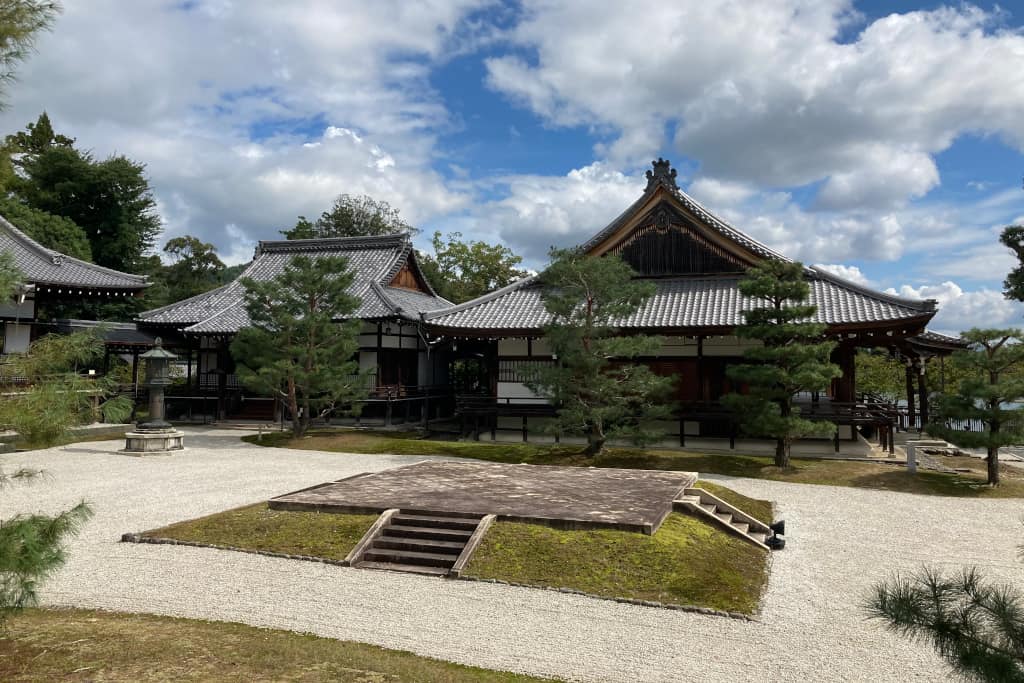
A short walk from Kyoto's Arashiyama area, Daikakuji Temple was mentioned in The Tale of Genji
Walking distance from the Arashiyama area (there are also buses), Daikakuji Temple was originally built in the early 9th century as the detached palace of Emperor Saga. Thirty years after the emperor's death, the palace was converted into a temple that since then has been one of the highest ranked temples of Shingon Buddhism. Consisting of several buildings, Daikakuji was mentioned in the Tale of Genji, and is also often used as a film set location for historical dramas.
The official Daikakuji Temple website is worth a look for additional historical background, details on its various buildings and the tradition of ikebana - flower arranging.
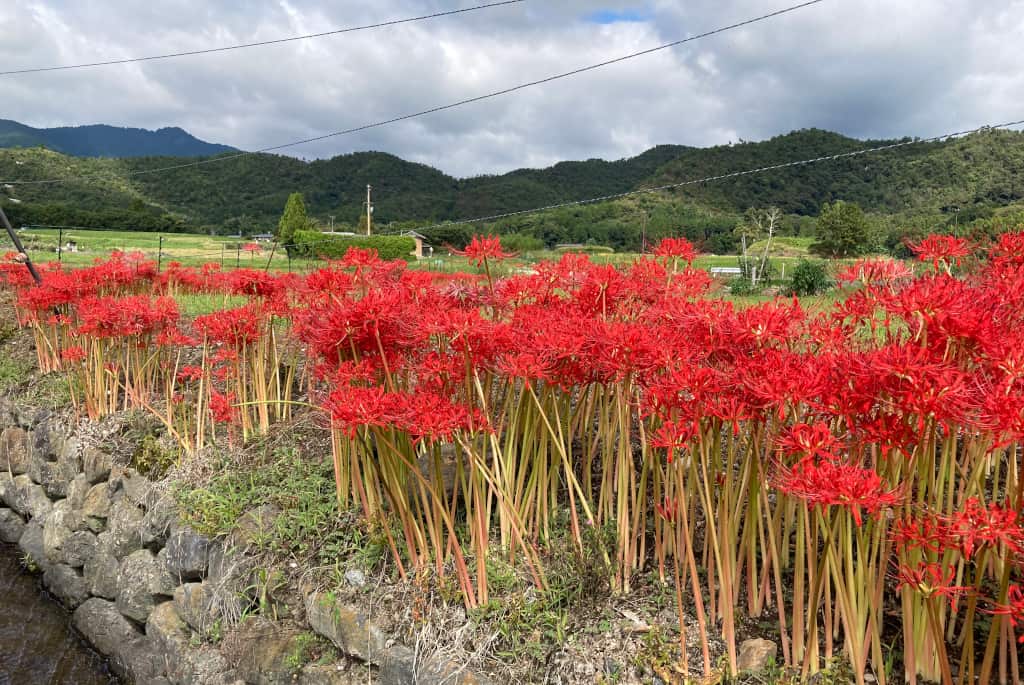
Hirosawa pond is a short walk from Daikakuji Temple and plays a role in August's Obon festival
A short walk from Daikakuji is Hirosawa Pond (not to be confused with Osawa Pond), a tranquil location which also plays a role in the Obon festival of August when floating lanterns are released across the pond to guide the spirits. Between Hirosawa Pond and Daikakuji, the countryside and agricultural fields really make you feel as if you are far away from the city in the Japanese inaka (countryside). A peaceful retreat.
3. Mount Oiwa and Oiwa Shrine - Sculptured stone gates amid green mountain
A little further south from Fushimi Inari, Mount Oiwa, also known as Mount Mikakusa (Honourable Grass) after the Shogun Ieyasu Tokugawa stopped here for his horses to rest and feed in the early 17th century, offers a short hike up to the now abandoned Oiwa Shrine.
The shrine is of interest as two artistically sculptured stone torii gates still stand (like something out of an Indiana Jones movie) on the mountainside that were donated by the Kyoto artist Domoto Insho. The first was donated in 1952, and the second in 1963.
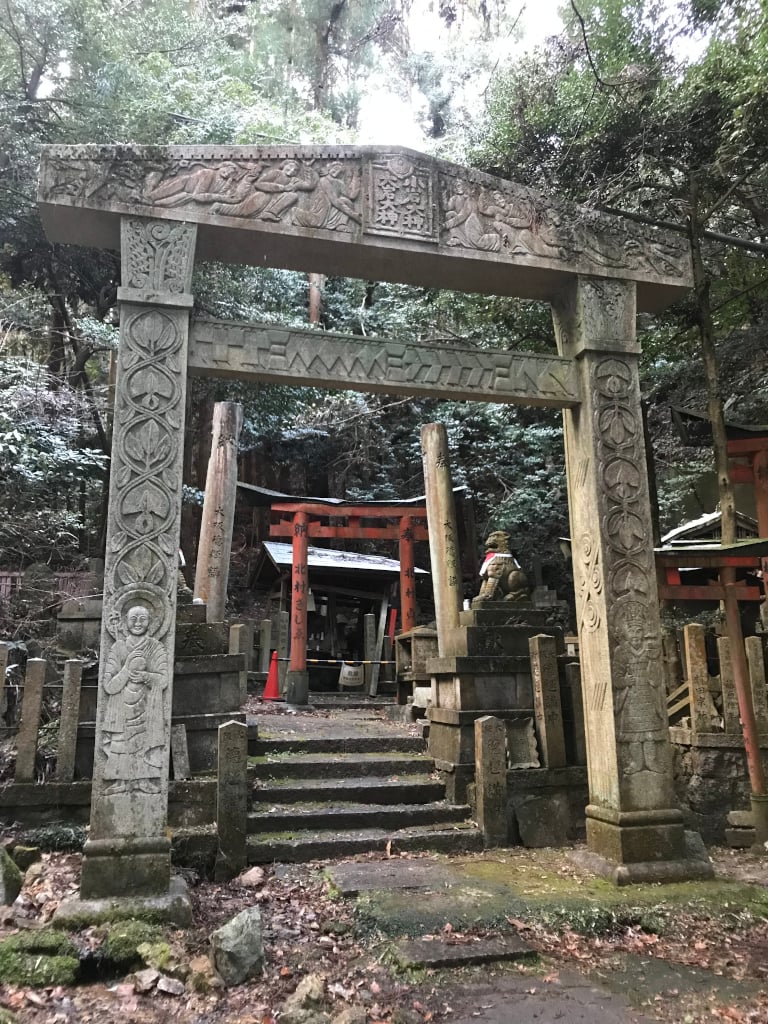
Oiwa Shrine sculptured stone torii gates still stand, looking like something out of an Indiana Jones movie
The shrine is dedicated to good health, and it was with the health of his mother in mind that Domoto made and donated the torii gates. At the top of the small mountain is a viewing platform and from here you can also take a walk either to Momoyama Castle or the haunted site of the ambush of the 13 Day Shogun Akechi Mitsuhide that occurred in 1582. It is said that on rainy nights the screams of the fallen samurai warriors can be heard calling out from the bamboo grove.
Visit the Hidden Paths Kyoto website for more information on the abandoned shrine of Mount Oiwa.
SEE ALSO: 3 Hidden Kyoto Walks To Get You Off The Beaten Path
4. Takenoshita Road and the 47 Ronin
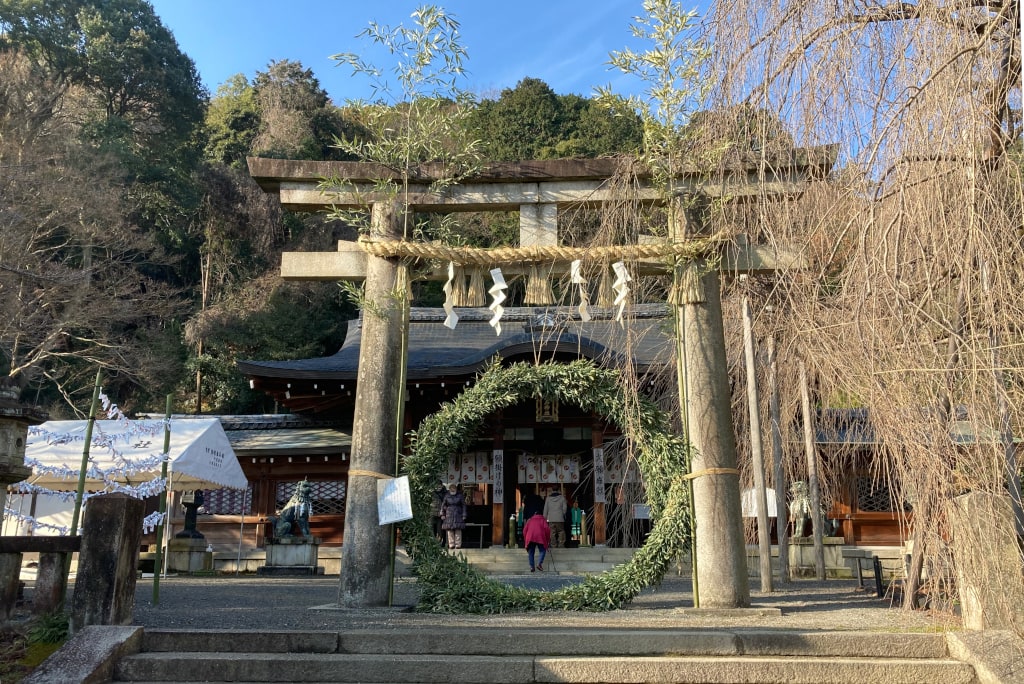
Oisha Shrine in Yamashina is dedicated to the historical story of the 47 Ronin
We have already covered Fushimi Ianri Taisha, but what is not so well known is that if you take a different route, along the Fukakusa Trail (Takenoshita Road) over Mount Inari you will come out on the east side of Inariyama in Yamashina, where you will find a shrine dedicated to the historical story of the 47 Ronin, Oisha Shrine.
Oisha Kuranosuke was the leader of the 47 Ronin and their story of revenge for their lord, and it is he who the shrine is named after, because it is also by this location that the ronin spent a year whilst planning his attack. The shrine is also next to the impressive Yamashina Shrine, a designated Cultural Property of Kyoto.
VIDEO: Hidden Gems of Kyoto - Yamashina
5. Momoyama Castle, The Grand Stairway, and The Sake Breweries of Fushimi Town
Fushimi is an old castle town, and those looking for Fushimi Momoyama Castle will find a mid-20th century replica that is a magnificent homage to the original. If you want to get a taste of the real castle, then the Kitabori Park next to the castle site is the location of the original castle moat.
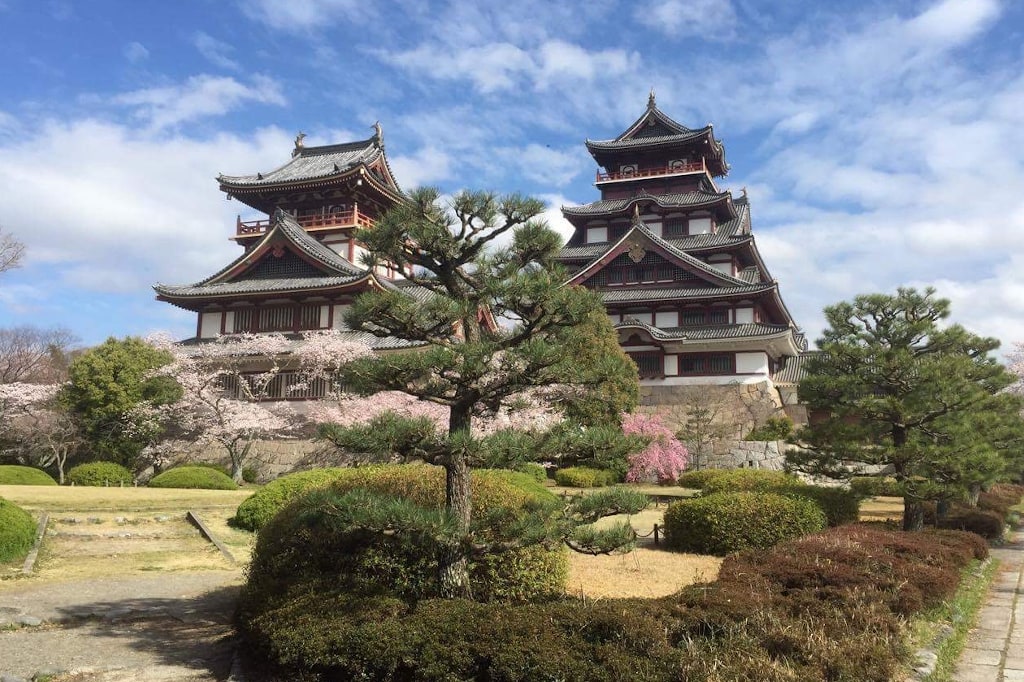
The little-known but majestic Momoyama Castle is a highlight of the old castle town of Fushimi
Also nestled within the woodland around the castle are the tombs of Emperors Kammu and Meiji, the breath-taking 230 stone step grand stairway is a gruelling climb to test the stamina of the hardiest, from the roadside to the tomb of Emperor Meiji.
And of course, a trip to Fushimi isn’t complete without sampling the sake of the famed local breweries, or stopping by the Terada-ya, where the rebel Sakamoto Ryoma stayed many times, and was attacked forcing him to flee over the rooftops in 1866. You can also top off the visit with a boat ride along the canal.
SEE ALSO: Japanese Craft Beer: A Beginner's Guide
6. Hino Mountain & The Kamo no Chombei Rock - Adventurous hiking
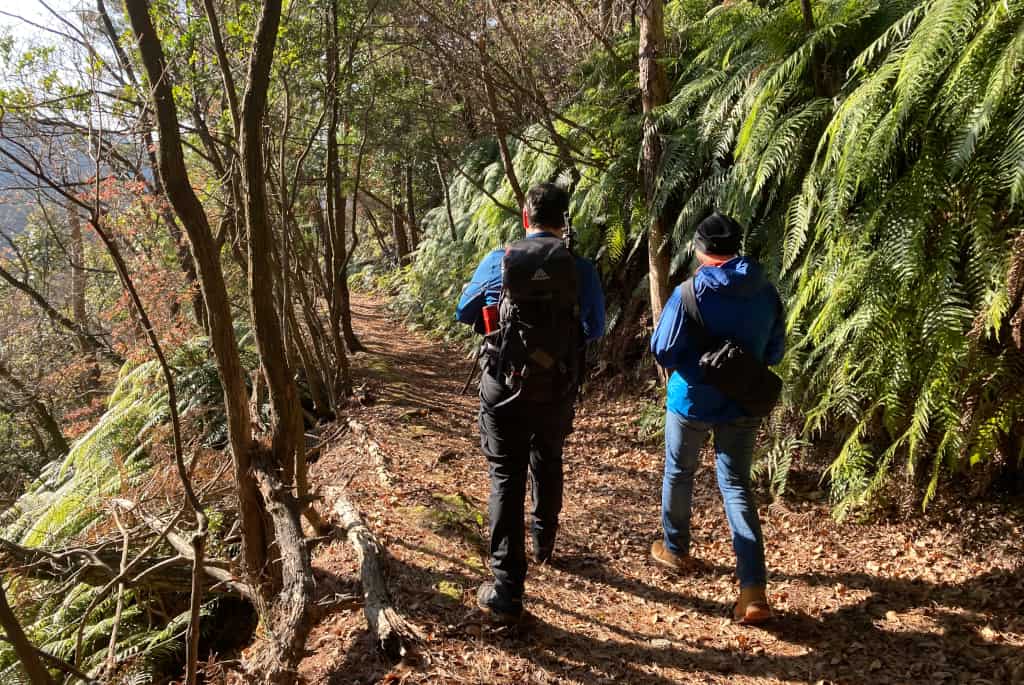
The hiking route from Hino to Daigo is perfect for anyone looking for a more adventurous walk to Kamo no Chombei Rock
For those looking for something a little more adventurous, then there is the hiking route from Hino to Daigo. A short bus/taxi ride from Rokujizo Station (JR Line from Kyoto) is the Hokai-ji Temple, a historical temple holding national treasures. From here the road leads to the hiking routes and the Kamo no Chombei Rock where it is said that the 12th century ex-aristocrat, hermit, poet lived his final years.
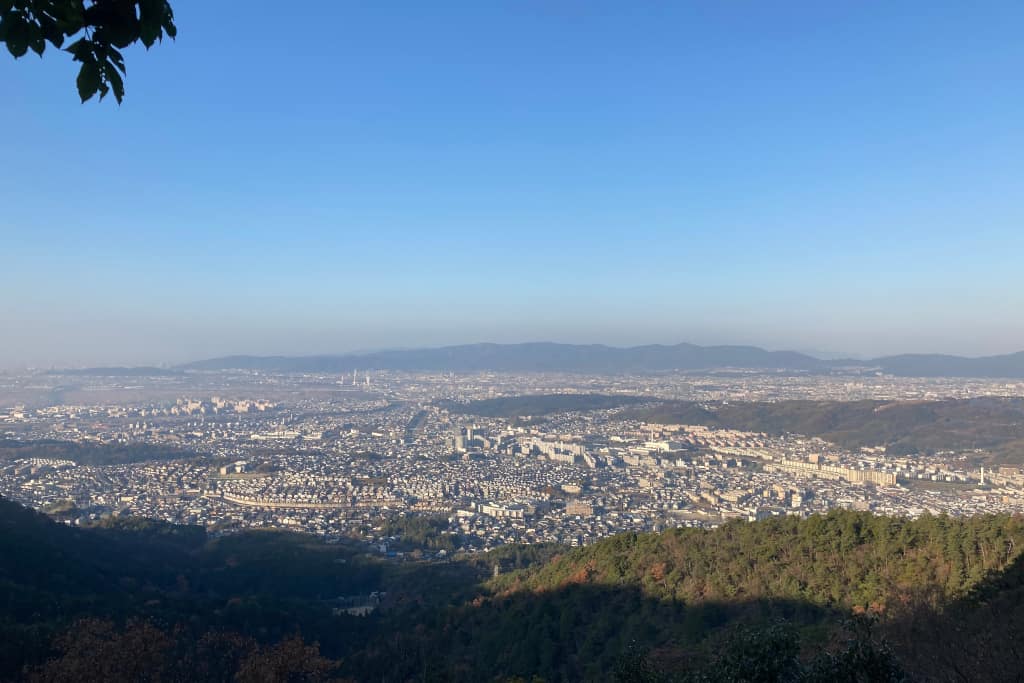
A climb up Hino Mountain is rewarded by sprawling views over Kyoto city below
Continue up the mountain and you’ll find fantastic views over Kyoto and also the ‘Yurei Toge’ (The Ghost Pass!). At this location are remnants and walls from second world war pillboxes that housed spotlights used for dazzling bomber pilots as they flew over Kyoto towards Osaka and Kobe.
7. Shimabara Hanamichi - Gion without the crowds
If you're looking for an alternative to the well-known and busy Gion area then explore Shimabara, located just west of the famous Nishi Honganji temple. Once a licensed courtesans' district (1640-1958) and a vibrant geisha quarter in the mid-18th century, it declined post-Meiji Restoration (1868). Shimabara ceased as a recognized geisha district in the 1970s.
Characteristic of geisha districts, Shimabara had a dance hall (est. 1873) with an annual Aoyagi odori (green willow dance) from 1873 to 1880. Two conserved teahouses, Sumiya (est. 1641) and Wachigaya (est. 1688), stand as Cultural Assets.
Shimabara played a role in 19th-century history, hosting secret meetings of revolutionary Sakamoto Ryoma and serving as a meeting point for the Shogun's Kyoto special police force, the Shinsengumi.
Despite its business decline, Shimabara draws visitors as both the Kyoto Aquarium and Kyoto Railway Museum can be found in the south of the district. Recent renovations in the main geisha section aim to revive its hanamachi era.
Food in Kyoto
Obanzai - a selection of home-style dishes
Obanzai is a selection of small dishes, based around seafood and vegetables, prepared ‘simply’, emulating traditional home cooking. It is said that for a meal to be genuinely considered ‘obanzai’ that at least half of the ingredients must be from Kyoto. The Tuzuri restaurant specialises in obanzai and seasonal dishes and also offers a takeout service.
Tofu - fine tofu from specialist restaurants
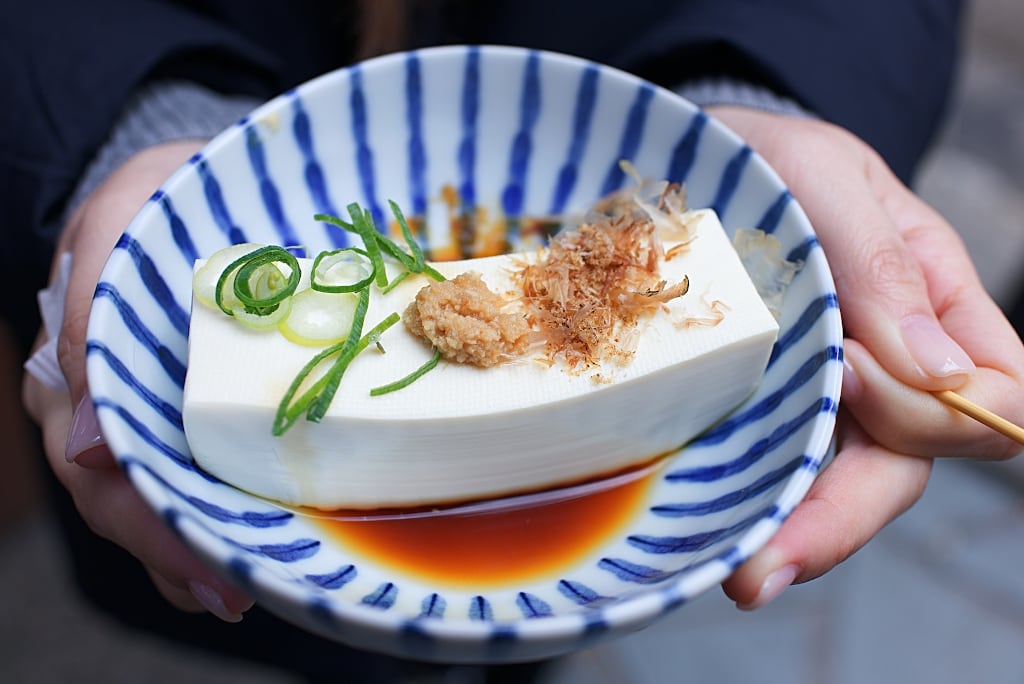
The Nanzenji area of Kyoto is particularly well known for its tofu
Although tofu is eaten widely across Japan, the Nanzenji area of Kyoto is particularly well known for its tofu. Junsei is a tofu speciality restaurant in Nanzen-ji, and they state on their website that "Through boiled 'yudofu' tofu, Junsei has passed down the culture and traditions of Kyoto to many over the years". The restaurant also boasts a scenic garden for visitors to take a walk around after their meal.
Then there's yuba - tofu skin a by-product of making tofu that is a cuisine in its own right.
Wagashi - traditional sweets given a seasonal twist
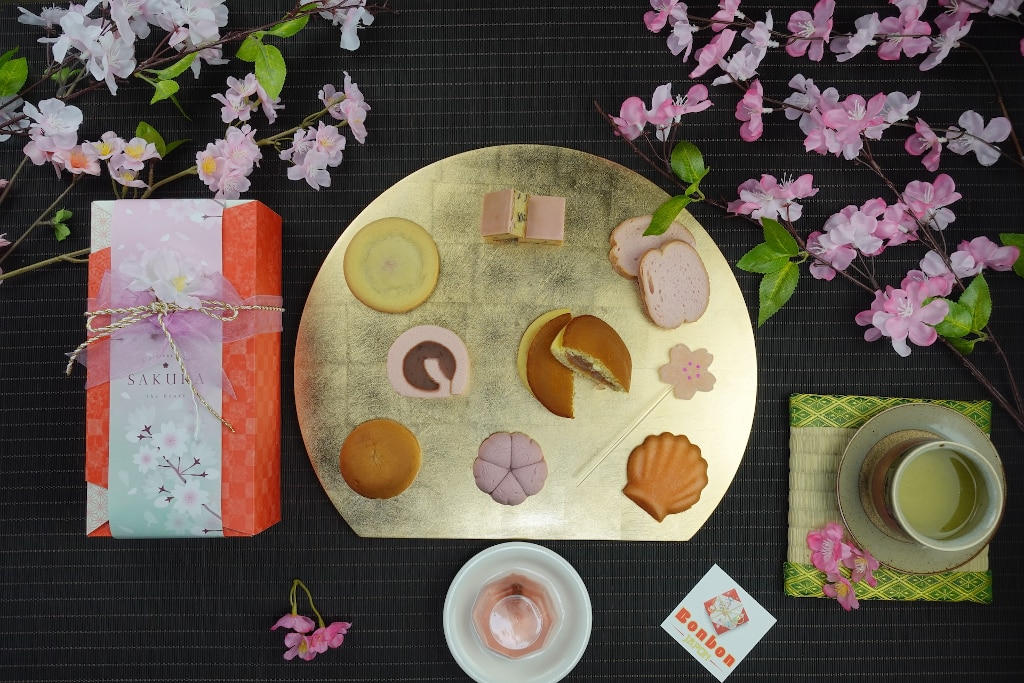
Kyoto wagashi - traditional seasonal sweets makes for a perfect snack with green tea
Wagashi are traditional sweets usually eaten alongside a cup of green tea. Wagashi making dates back to the Edo Period and is traditionally made mostly with mochi, anko (azuki bean paste), fruit, and rice flour. Wagashi are often also produced with an emphasis on the seasons. Whilst in Kyoto why not experience wagashi making yourself? https://www.yoshihiroseika.com/experience-traditional-japanese-confectionery-making/
O-tabe - a favourite Kyoto edible souvenir
A favourite of Kyoto edible souvenirs is Otabe. Otabe is a popular Kyoto confectionery made from a Yatsuhashi rice flour dough with azuki bean paste filling, often with cinnamon. Today lots of flavours are available including strawberry, cream, orange, matcha, and chocolate.
https://www.8284.co.jp/shop/honten.html
Kyoto Yasai - health-giving local vegetables
Kyoto vegetables, ‘Kyoyasai’. Kyoto has a strong history of agriculture, so it is no surprise that vegetables feature strongly when thinking of Kyoto. And according to research at the Laboratory of Health and Environment of Kyoto, ‘Kyoyasai’ are very high in minerals, fibres and vitamins.
If you’re visiting Kyoto aquarium or Kyoto Railway Museum, walking distance from Kyoto main station, then in between is the Umekoji Koen Kyo-Yasai Restaurant and shop.
O-tsukemono – Pickles of distinction
Tsukemono are preserved food that is made by pickling various items in salt, vinegar, soy sauce, sake lees and others. With these methods the food can be kept for a longer time and acquires distinctive flavours. It is a food that dates back centuries, and Kyoto is one location in Japan famous for its pickles. One particular pickle shop in Kyoto dates back to over 300 years, Norohonten Pickle Shop.
Getting closer to Kyoto's food culture
If you want to get closer to Kyoto's food culture there are a number of food experiences including food tours, cooking classes and dining experiences you can book in advance through byFood. A nice touch about their platform (over others like Klook. GetyourGuide or Viator) is that when you place a booking or reservation through them, byFood donates 10 school meals per guest to children in need.
SEE ALSO: 15 Must-Try Japanese Foods
Find The Best Things To Do In Kyoto
Explore and book the best things to do in Kyoto with GetYourGuide
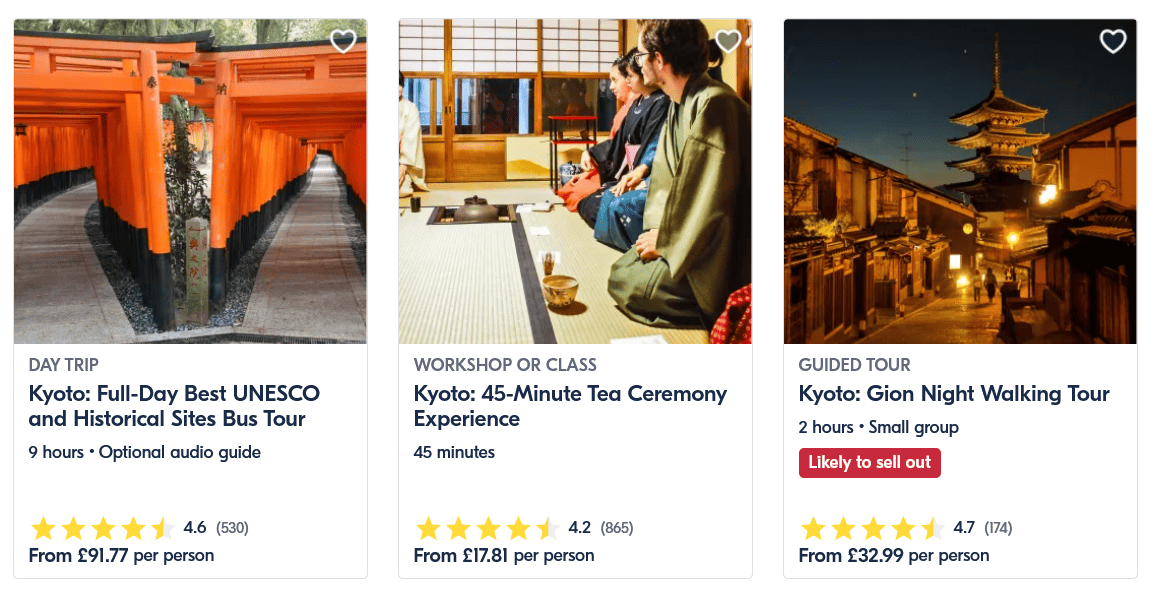
Day Trips from Kyoto
Uji – A town of tea, temples, and nature
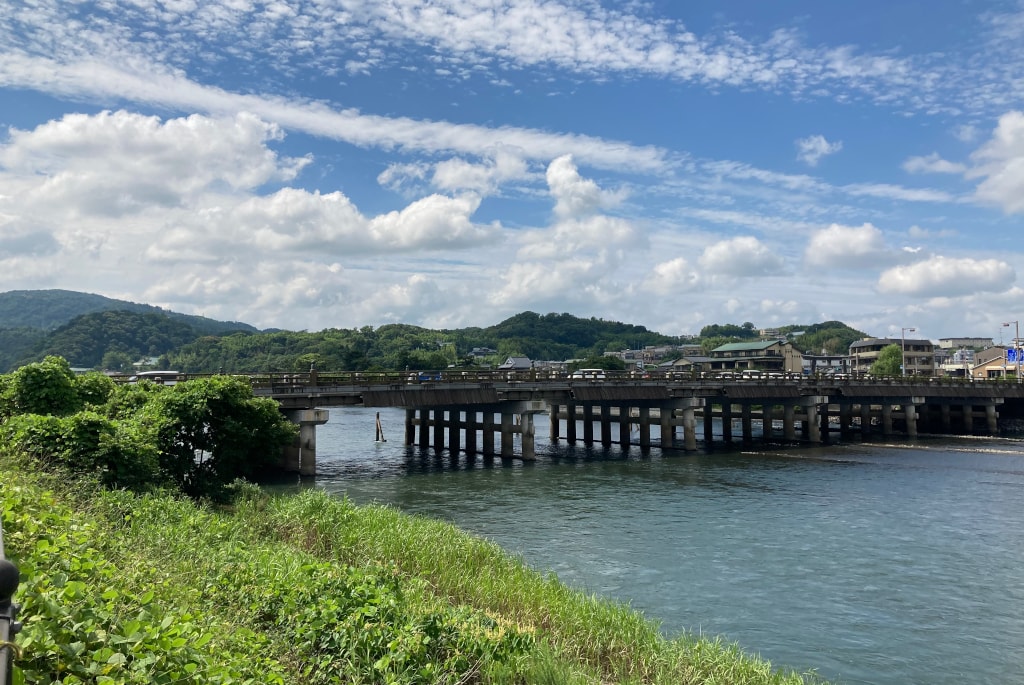
Uji's picturesque tea fields and the iconic Uji River Bridge offer a soothing retreat
Kyoto boasts no less than seventeen UNESCO World Heritage Sites, one of which is the serene Byodo-in Buddhist Temple by the west banks of the River Uji. Just twenty minutes on the JR Nara Line from Kyoto Station, Uji is the perfect location for a day trip whilst visiting Kyoto.
It's a tranquil town renowned for its matcha tea. Explore the Ujigami Shrine, one of Japan's oldest Shinto shrines. Uji's picturesque tea fields and the iconic Uji River Bridge offer a soothing retreat, making it an ideal day escape.
Riding The Eizan Railway to Kurama and Mount Hieizan
Get away from the crowds by taking a charming journey aboard the Eizan Railway to Kurama and Mount Hieizan. In Kurama, explore the mystical Kurama Temple and indulge in a rejuvenating soak at the Kurama Onsen. Continue your day to Mount Hieizan, home to the sacred Enryaku-ji Temple. Traverse the serene mountain paths and revel in the spiritual aura that permeates the surroundings.
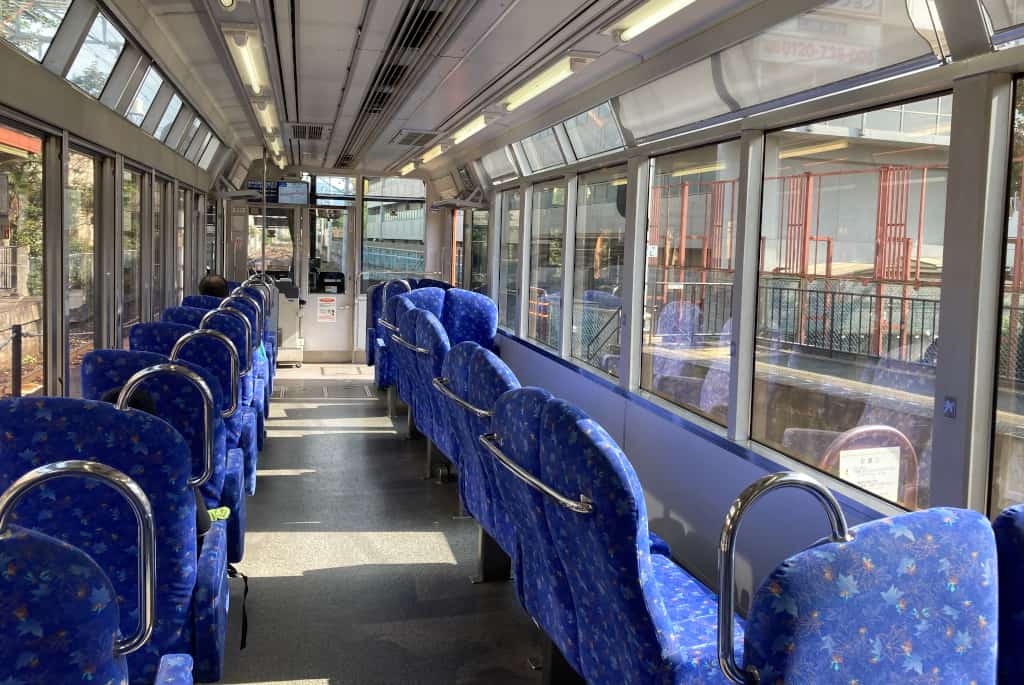
Eizan Railway's Panoramic Kirara Train carries passengers from Kyoto for a rejuvenating soak in Kurama Onsen
The Eizen Railway includes the 'sightseeing panorama train' KIRARA running between Demachiyanagai and Kuruma, and the newer, but nostalgic-looking, Hiei Train.
Amanohashidate - one of Japan's three most beautiful views
Head north to Amanohashidate, a scenic sandbar hailed as one of Japan's three scenic views (the others being Miyajima and Matsushima). Engage in a leisurely stroll along the "Bridge to Heaven" and savour panoramic vistas. Visit the Amanohashidate View Land for an elevated perspective and bask in the natural beauty that defines this enchanting locale.
Journey time by train from Kyoto is between 2-3 hours, depending on the service type.
Kinosaki Onsen - idyllic onsen town on the Sea of Japan
Escape to Kinosaki Onsen, a quintessential hot spring town characterised by seven public bathhouses. Immerse yourself in the timeless tradition of "soto-yu" (communal baths) and traverse the charming streets adorned with willow-lined canals. Experience the tranquil ambiance and unwind in the therapeutic waters of this onsen (and tattoo-friendly) haven.
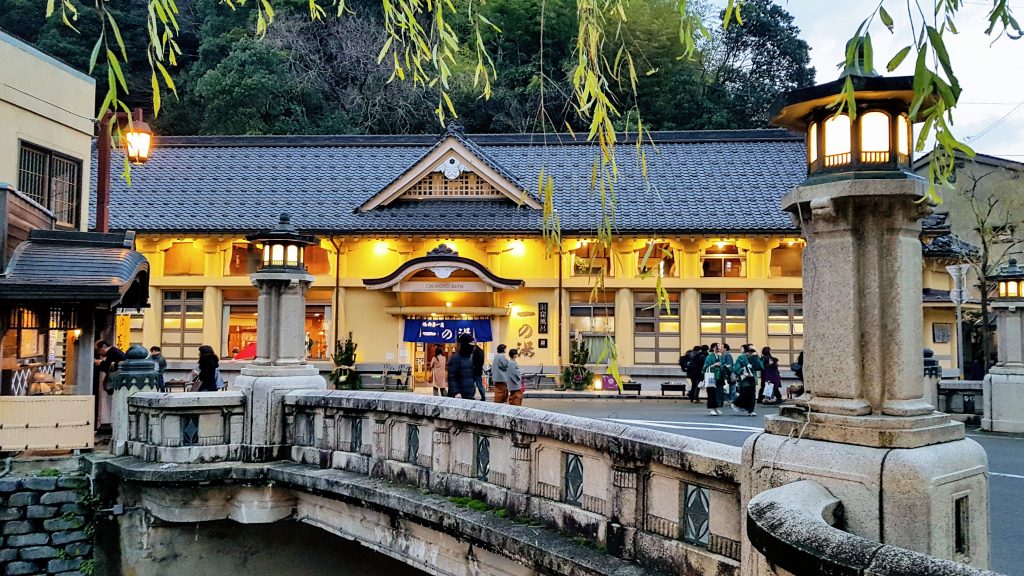
The nearby beautiful Kinosaki Onsen is worth an overnight stay
A ropeway runs up Mt. Daishi from where there are some magnificent views back over the town and out to the Sea of Japan. It's the perfect location to experience Japan's ryokan (traditional inns) and onsen culture.
SEE ALSO: Hot Spring Hopping in Kinosaki Onsen
Kobe - cosmopolitan harbour city, source of Kobe beef
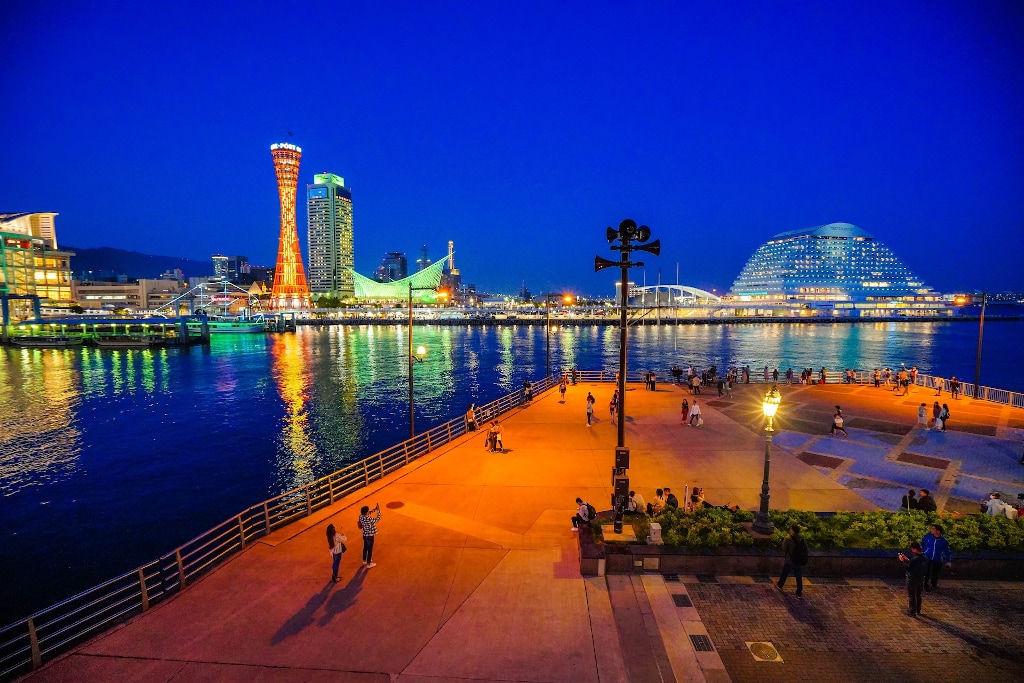
Kobe harborland at night makes for a leisurely stroll
Discover the cosmopolitan allure of Kobe, a vibrant city nestled between the Rokko mountain range and the sea next to Osaka Bay. Indulge in Kobe's renowned beef at local restaurants, stroll through the historic Kitano district with its Western-style residences, and ascend Mount Rokko for breathtaking panoramic views. Kobe seamlessly combines modern sophistication with a touch of old-world charm.
Nara - Japan's ancient capital filled with deer
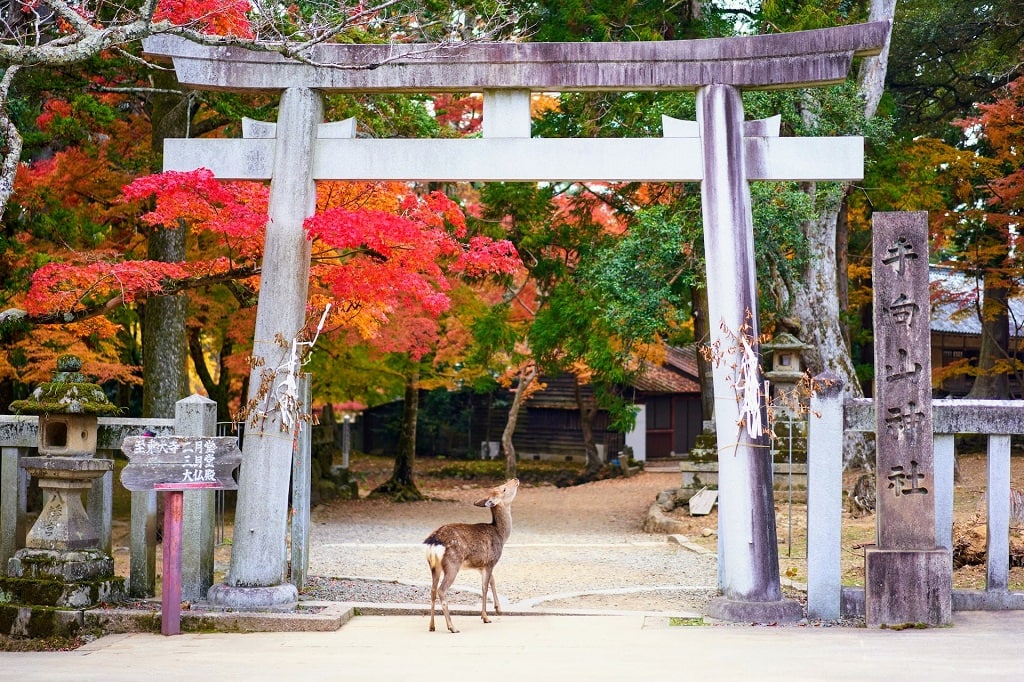
Nara is an easy day trip from Kyoto and is home to thousands of wild sika deer
If culture is your thing, then you should embark on a journey to Nara, Japan's first permanent capital. Witness the iconic deer roaming freely in Nara Park and explore Todai-ji, housing the colossal Great Buddha. Meander through the vibrant streets including the traditional merchant's quarter, discovering the historic Kasuga Taisha Shrine and relishing the tranquil ambiance that defines this ancient city.
Lake Biwa - Japan's largest freshwater lake
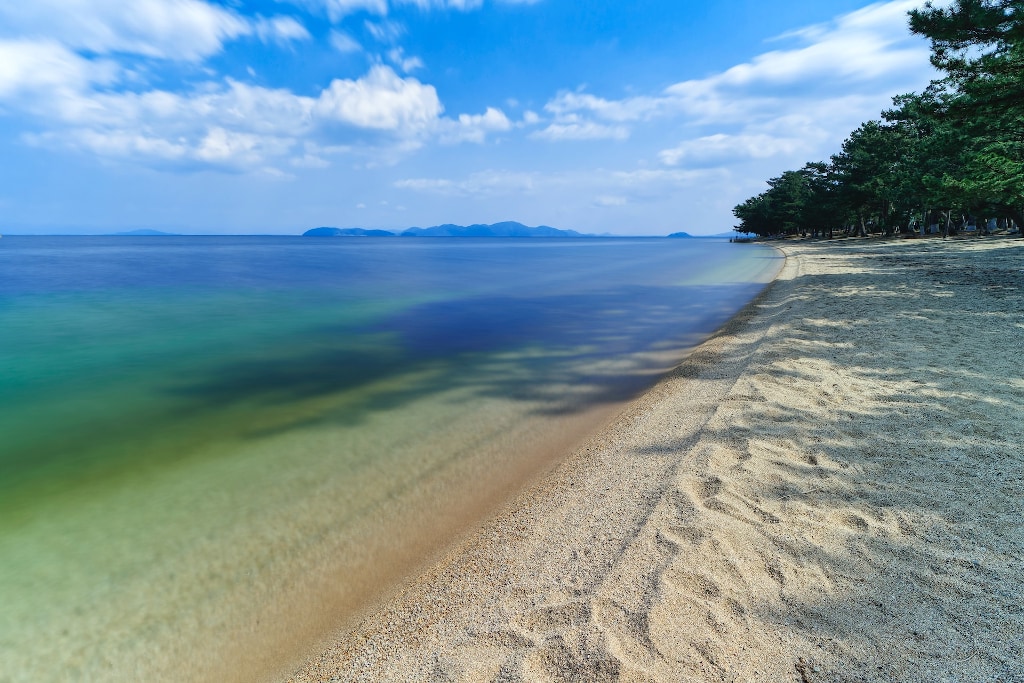
Lake Biwa, Japan's largest freshwater lake, makes for a relaxing day trip from Kyoto
Something that Japan isn't well-known for are its many lakes. And in the nearby Lake Biwa, you'll find Japan's largest freshwater lake. Enjoy a leisurely cruise, absorbing the scenic beauty of the surrounding mountains, or hire bicycles and cycle around the lake. Explore historical sites such as Chikubushima Island and take in the tranquillity of lakeside parks, offering a perfect blend of nature and cultural richness.
Osaka - dynamic, colourful city of food
If it's famous Japanese street food and a spot of fun you're after then you should head to the dynamic city of Osaka, a bustling metropolis famed for its culinary delights and vibrant street life. Dive into the energetic atmosphere of Dotonbori, indulge in street food adventures, and witness the iconic Osaka Castle.
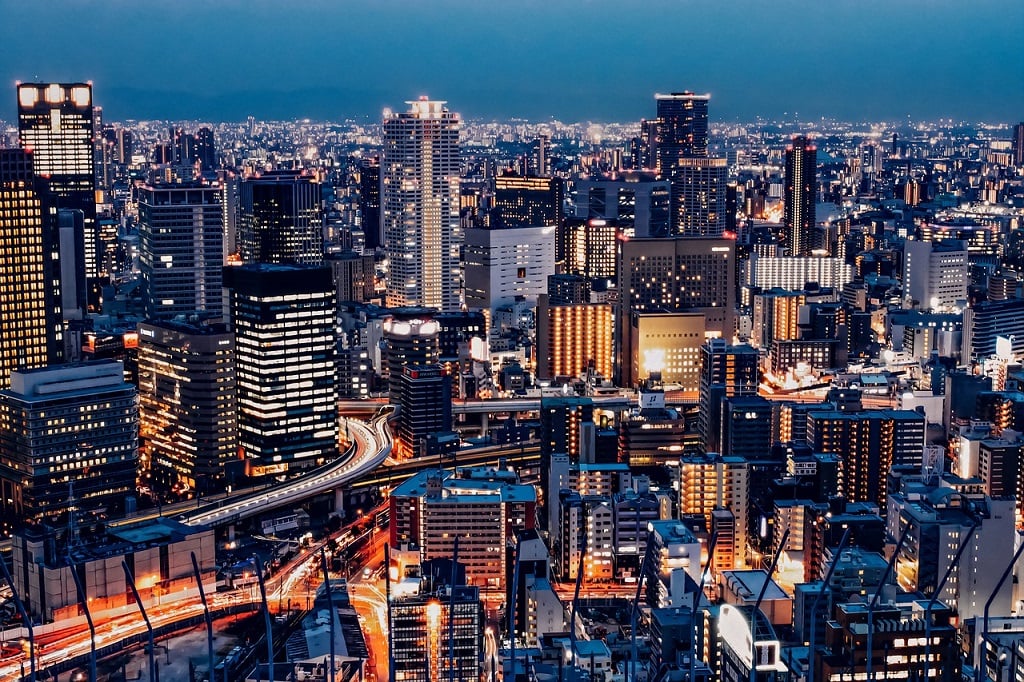
Vibrant Osaka city is just 15 minutes from Kyoto by shinkansen and is known as 'Japan's Kitchen'
Uncover the city's modern allure while savouring the historical charm of districts like Kuromon Ichiba Market. Osaka, with its blend of tradition and modernity, promises a day filled with diverse experiences.
How to Get to Kyoto
Kyoto is easily accessible from Tokyo and other destinations around Japan. By plane or shinkansen bullet train, you can be in the centre of Kyoto in just a matter of a few short hours. It doesn't have an airport of its own, the closest alternatives are Kansai International Airport (KIX) and Osaka International Airport (Itami).
From Tokyo
If arriving at Narita Airport, take the Narita Express Train to Tokyo Station, from there catch a Shinkansen Bullet Train to Kyoto Station. The journey takes about three and a half hours. You could also fly from Narita to Kansai International, Osaka (and from there take a train to Kyoto).
From Osaka
From the Kansai International Airport, Osaka its trains run regularly to Kyoto and take about seventy five minutes. If you are already in Osaka, then a Keihan or JR train will get you to Kyoto in around forty five minutes.
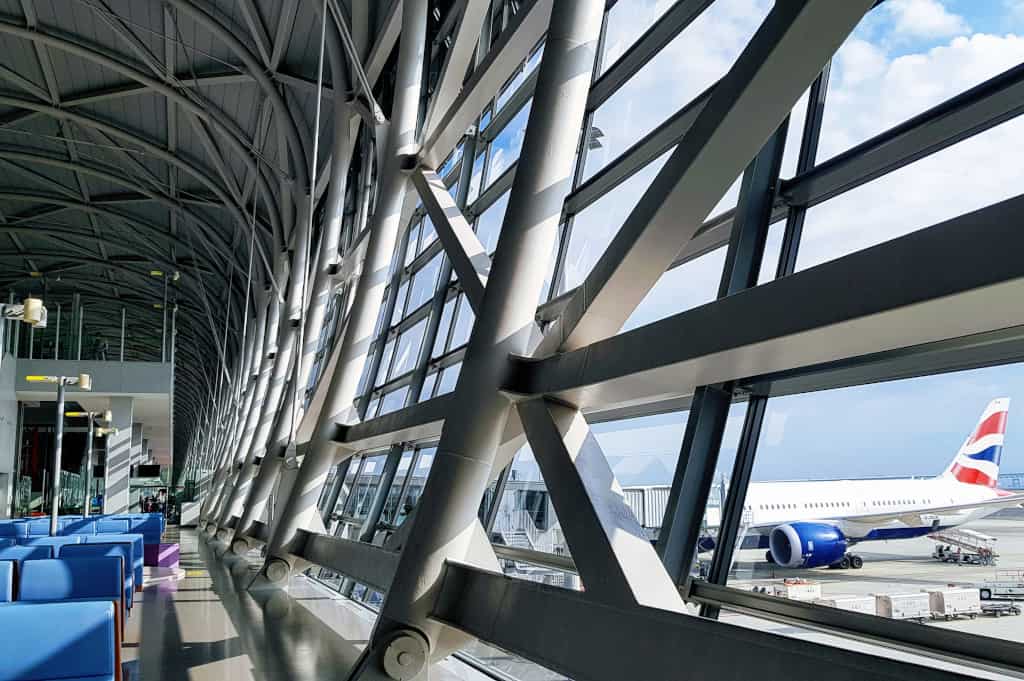
Kansai International Airport in Osaka is the largest airport close to Kyoto serving as an entry point to Japan for many global airlines
There are also a number of bus routes in and out of Kyoto to other major cities, some of which operate as night buses if you prefer to sleep through the journey. Use a website like 12GoAsia to check timetables and reserve seats on highways buses.
Major train lines also run between Nara and Kyoto, and Kobe and Kyoto.
Where to Stay in Kyoto
Kyoto offers a wide range of accommodation to fit pretty much every budget. Many hotels and ryokan (traditional inns) are conveniently located around major tourist attractions.
Budget options £
For a hotel/ryokan stay on a budget, book at Kyoto Traveler's Inn (from around $55/night). Uniquely, this family-run modern-style ryokan features colourful murals by Osaka-born Japanese artist Hideki Kimura. A Japanese breakfast is available for $8 per person. Located in northern Higashiyama near the Silver Pavilion. Shared bathrooms.
Hostel Mundo (dorm beds from around $25/night) is set in a restored Machiya townhouse near Sanjo Station. The communal area has a free-use internet terminal and free coffee/tea. Showers are open 24/7 and the hostel does not have a curfew. A shared kitchen with a microwave is provided, and bicycles can be rented.
Budget Recommendations
Moderate options ££
The 3-star Kyoto Tower Hotel (from around $100/night) next to Kyoto Tower puts you close to both downtown and the main train station. Request a room facing west for nice mountain views. The room decor fuses traditional and modern elements.
Dormy Inn Premium (from around $120/night) in central Kyoto provides clean, modern rooms and a large communal hot spring bath onsite. It's a short walk from both Shōseien Garden and the Higashi Hongan-ji Buddhist Temple complex. A breakfast buffet is available, incorporating both Japanese and Western favourites.
Moderate Recommendations
Luxury & Boutique picks £££
Hyatt Regency Kyoto For those seeking a central location, the Hyatt Regency is a sleek high-rise hotel in the Higashiyama Ward. It has excellent city views and close proximity to top attractions including the Kyoto National Museum and Sanjusangen-do Temple, and the famous geisha district Gion. Bicycles can be hired to explore the area.
Treat yourself to a stay at Sakura Terrace The Gallery, a sleek, affordable boutique hotel just a short walk south from Kyoto Station. Decent-sized, design-focused rooms with terraces, an open-air infinity bath, and free bike rentals. Great (but quiet) location, just 600 yards from Kyoto Tower.
Located in a quieter neighbourhood, The Ritz-Carlton Kyoto overlooks the Kamo River, its spacious, minimalist rooms are among the largest available in the city and feature garden-view terraces. Guests can enjoy complimentary use of the indoor swimming pool and the fitness centre, then relax over a drink in the tempura bar overlooking a Japanese garden. Nijo Castle, one of the World Heritage Sites, is a 3-minute subway ride from the hotel.
Luxury & Boutique Recommendations
VIDEO: Kyoto Ryokan The Truly Authentic Japanese Accommodation
Ryokan - Traditional Japanese Inns ££
If it's truly authentic Japanese accommodation you seek then the traditional Japanese inn, or ryokan, is what you want (and here's why). These three choices comfortably offer everything you could want from this unforgettable experience.
Located next to the historic Nanzen-ji Temple, Kyoto Nanzenji Ryokan Yachiyo features chic Japanese-style rooms and large public baths (rooms with private baths are also available). Surrounded by beautiful Japanese gardens (some rooms have garden views) that change with the seasons, it's particularly popular with couples. Vegetarian meal options are also available.
For a slightly more contemporary take on the traditional inn style check out Ryokan Ryokufuso, close to Higashi Hongan-ji Temple. Guests praise the ryokan for a warm and welcoming environment that feels like home away from home. The 'Daiyokujyo' (large shared bath) on the sixth floor provides good sweeping views of Kyoto city while you soak.
Well located for exploring the northeastern part of Kyoto, Ryokan Kanade is just a 6-minute walk from the popular sights of Heian Shrine, Kyoto City Zoo and Okazaki Park. Every room includes a terrace, there is a Japanese garden and a rooftop open air private bath. A 24-hour front desk operates with luggage storage space, and free WiFi is offered throughout the property.
Ryokan Recommendations
Book your perfect stay in Kyoto via Booking.com. Choose from thousands of hotel rooms, ryokan, minshuku, shukubo and rental properties.
Kyoto City Guide Photo Gallery
(Click on images to see larger size)


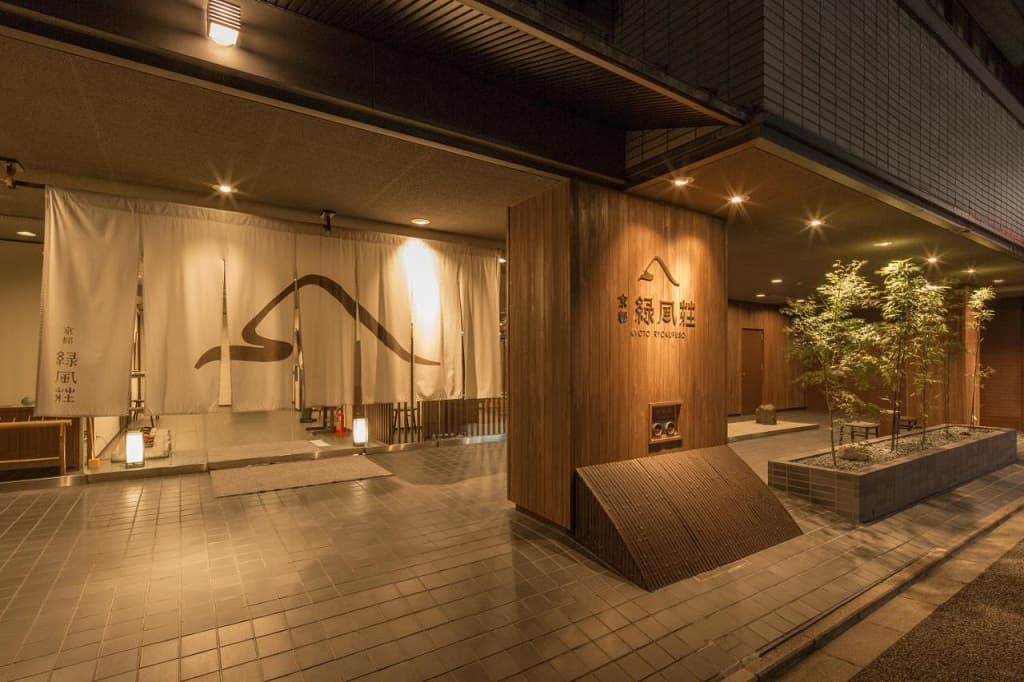
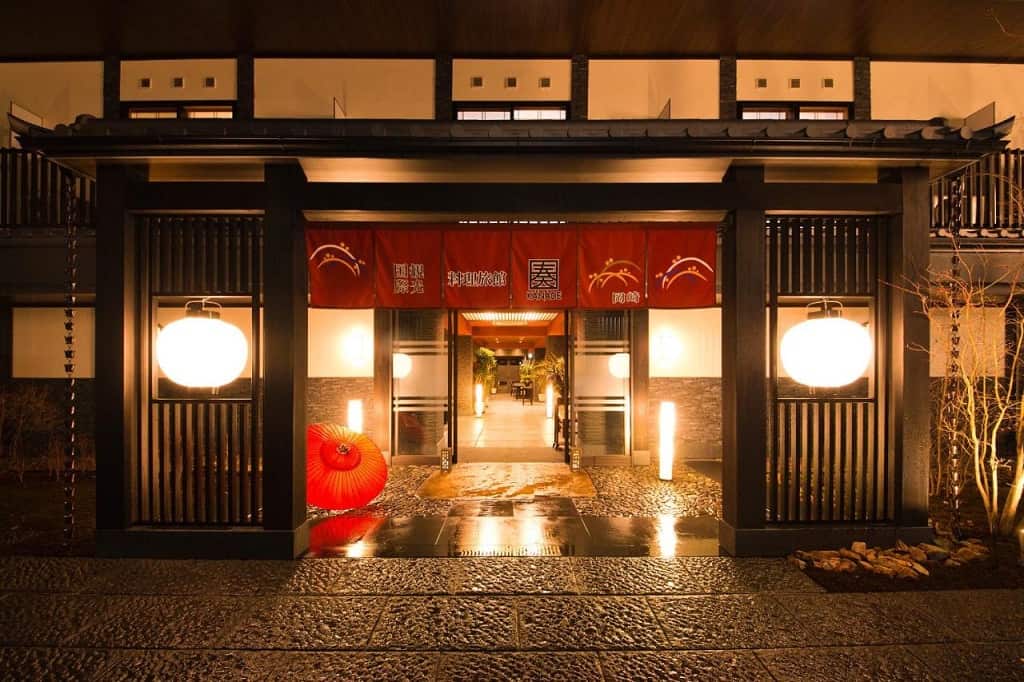
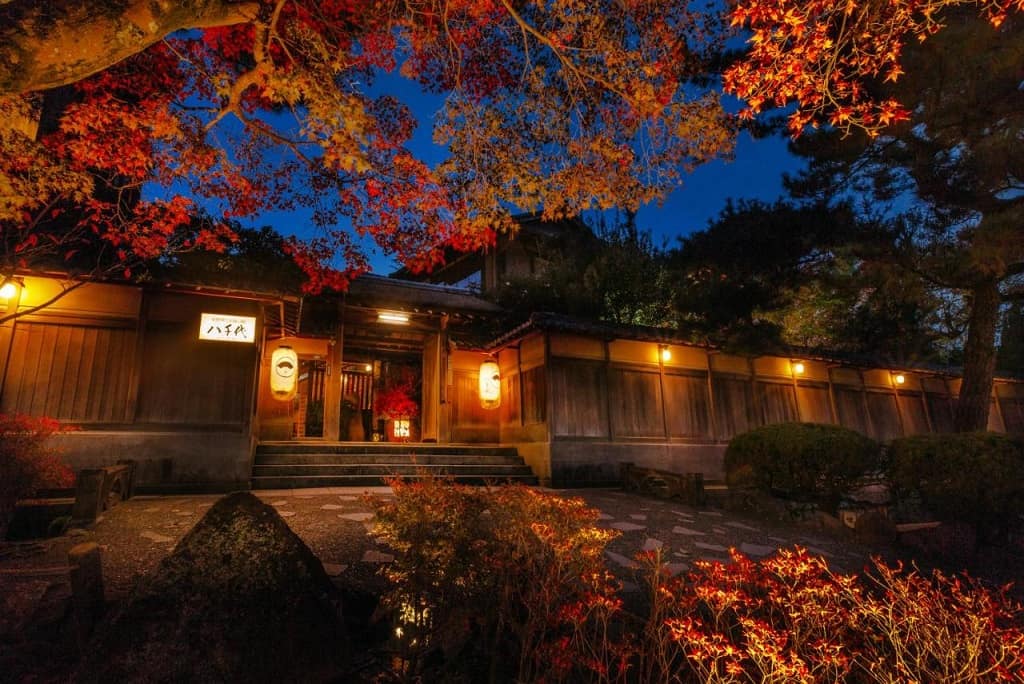


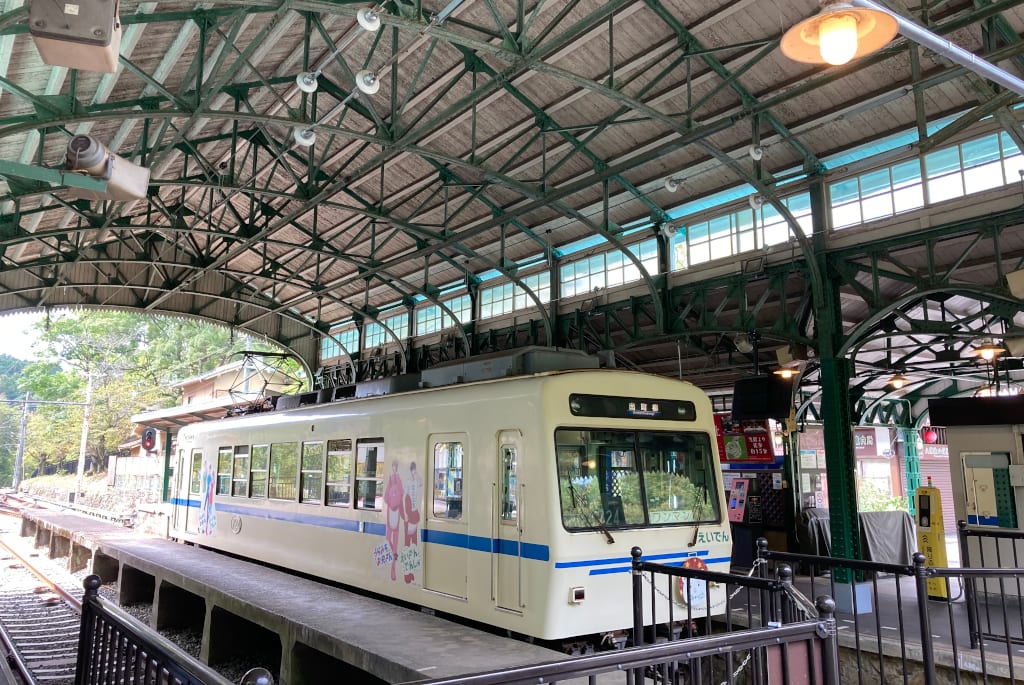
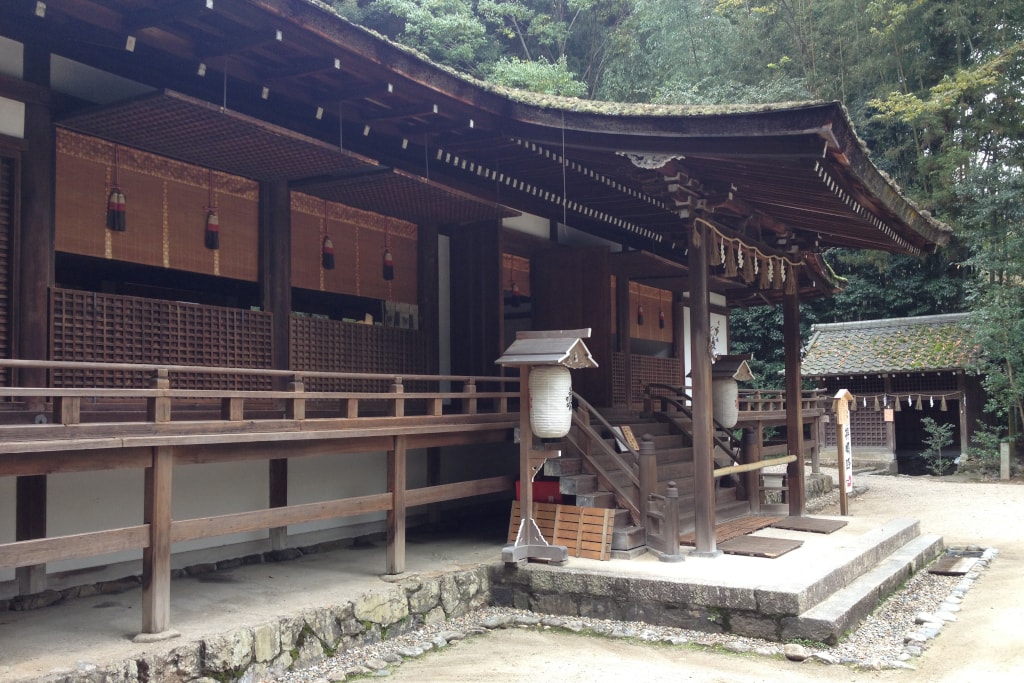
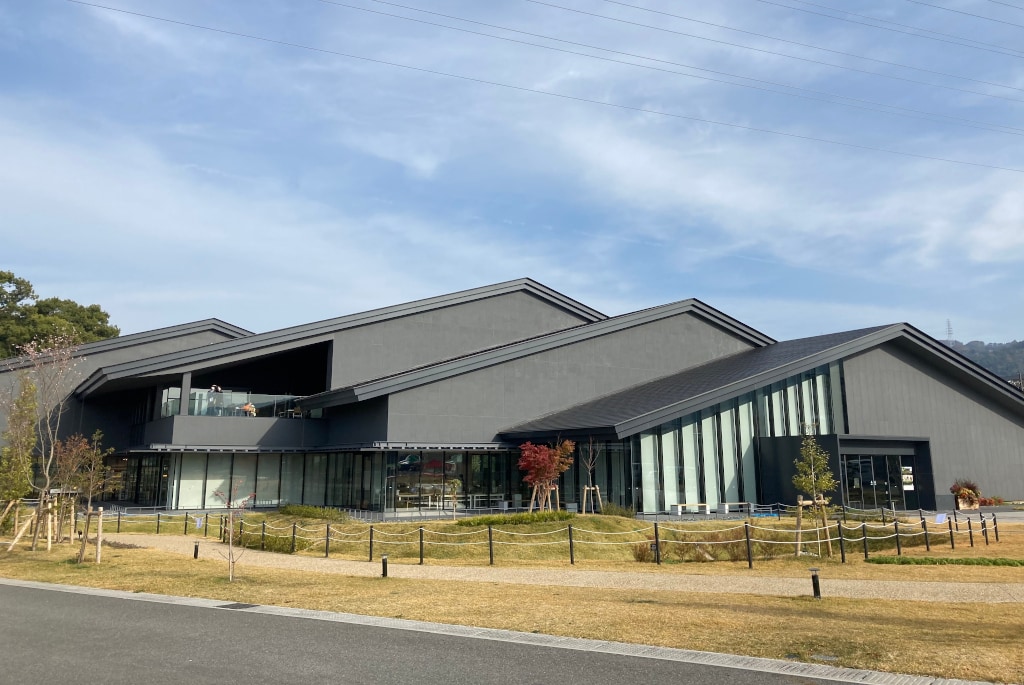
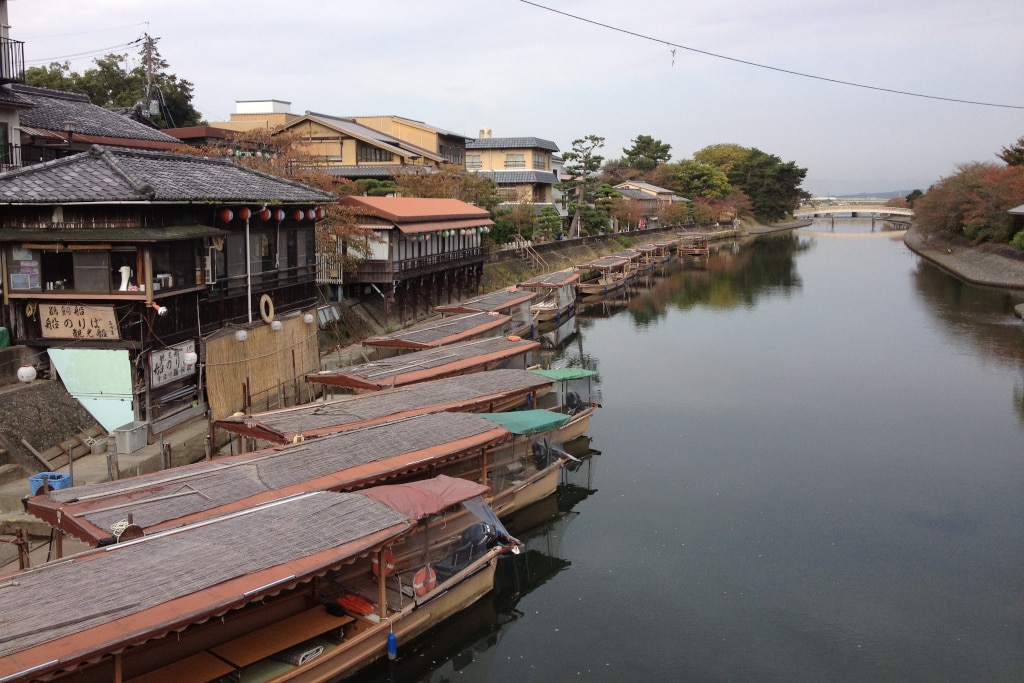
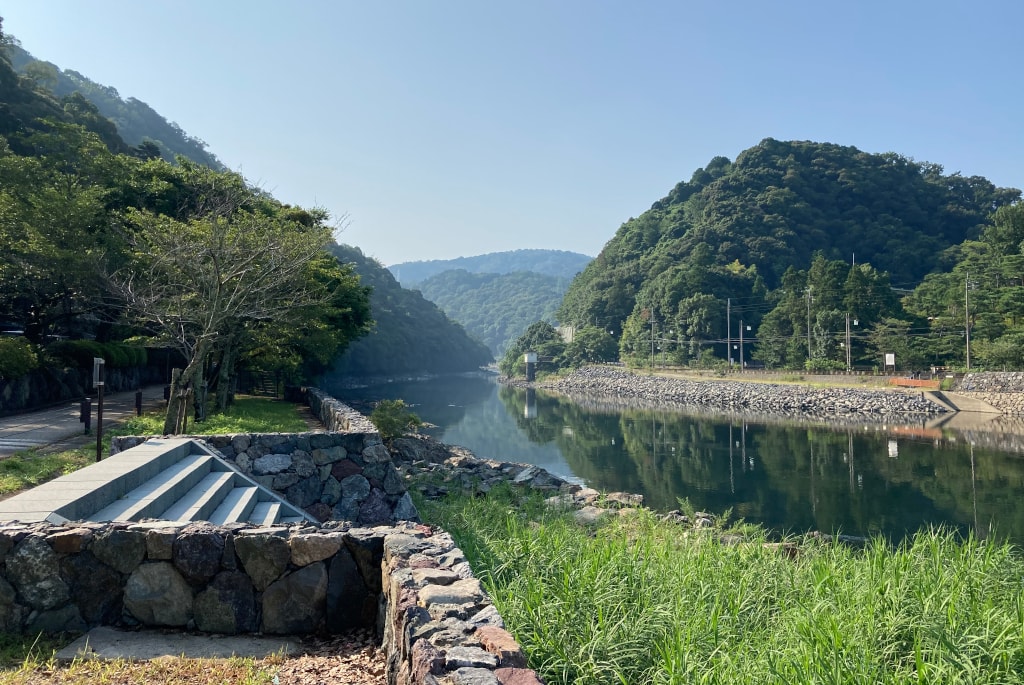
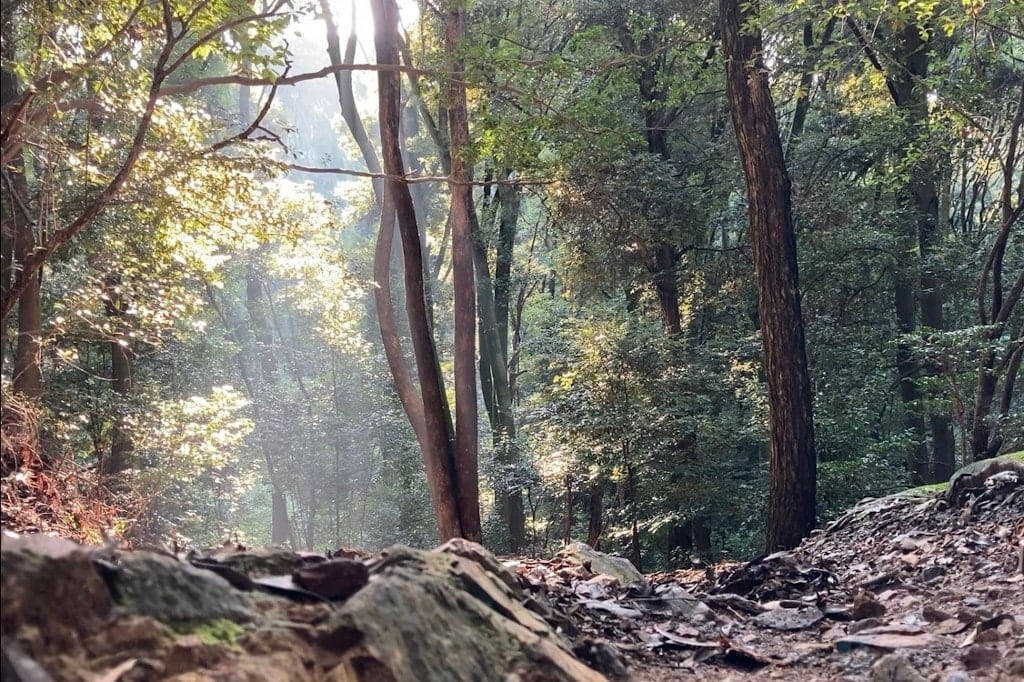

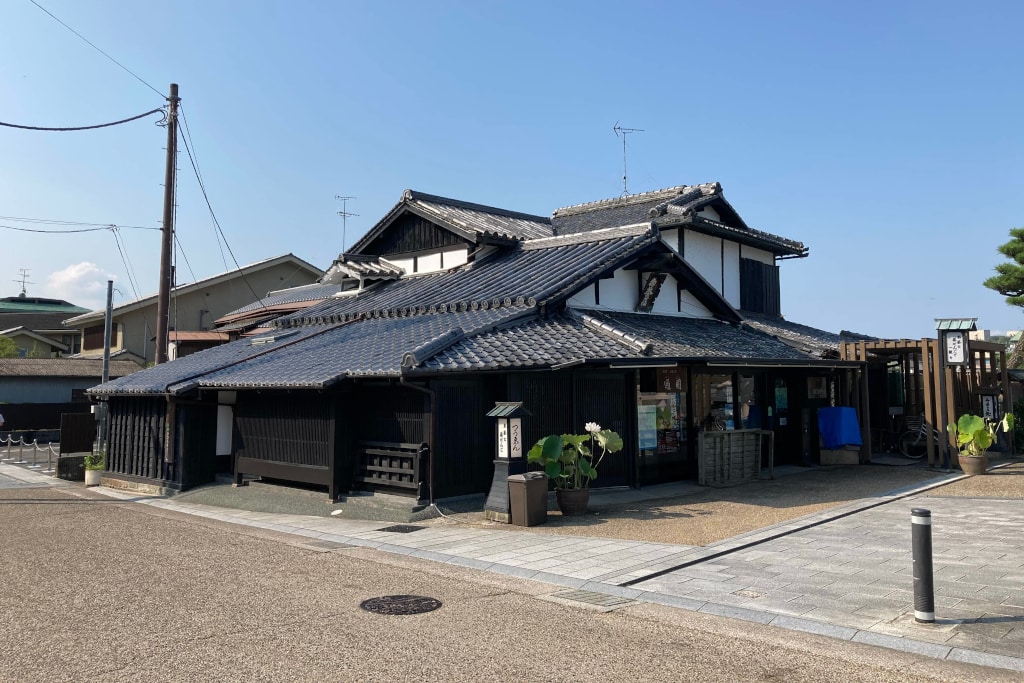
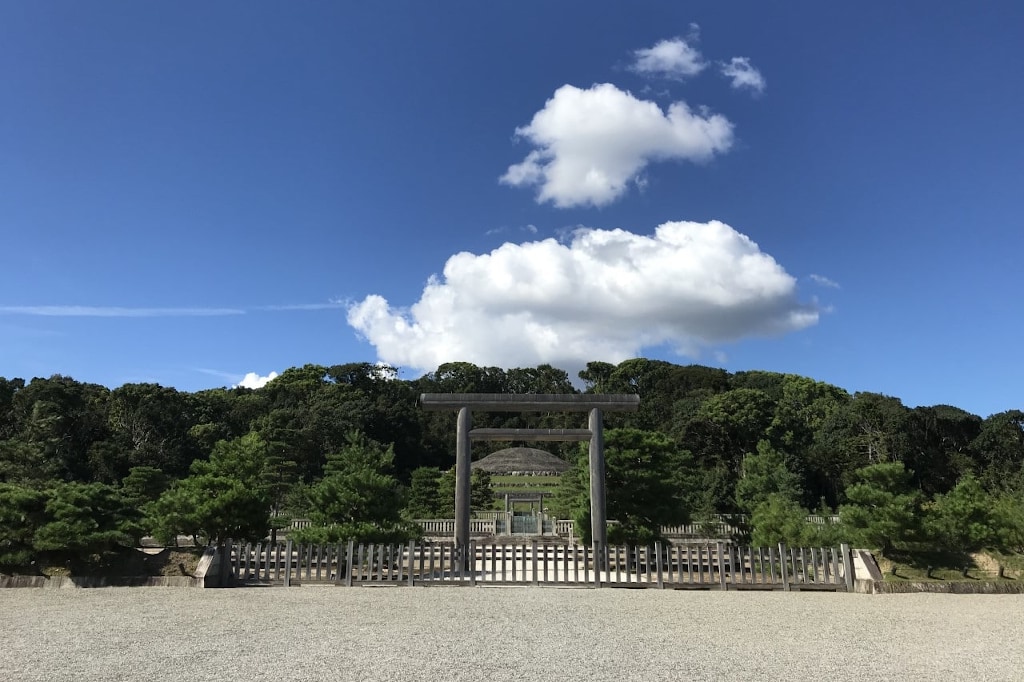
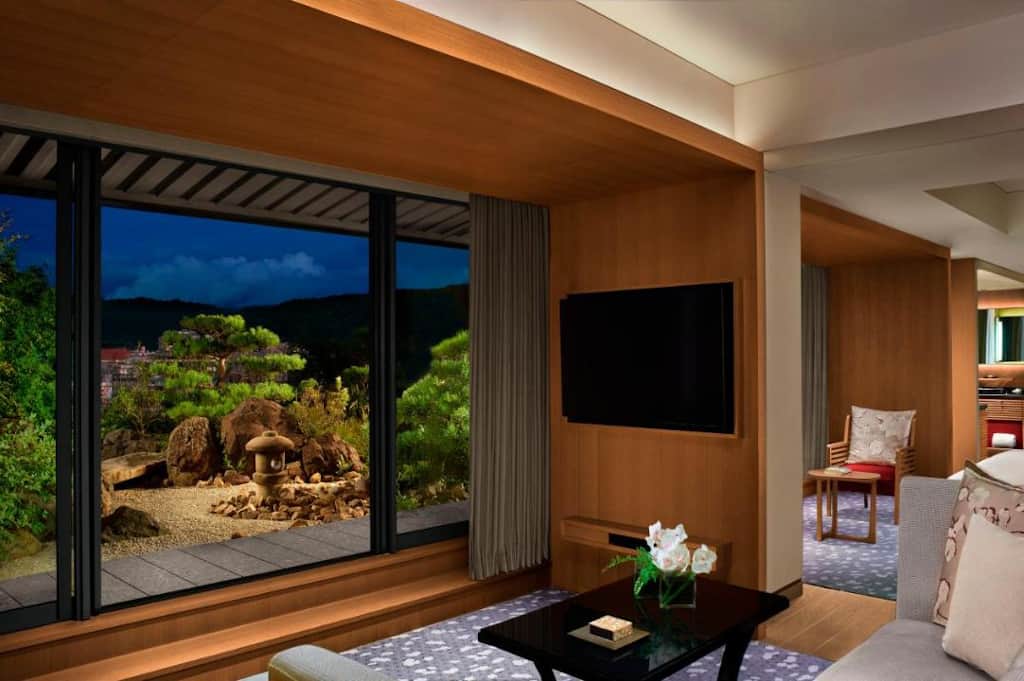
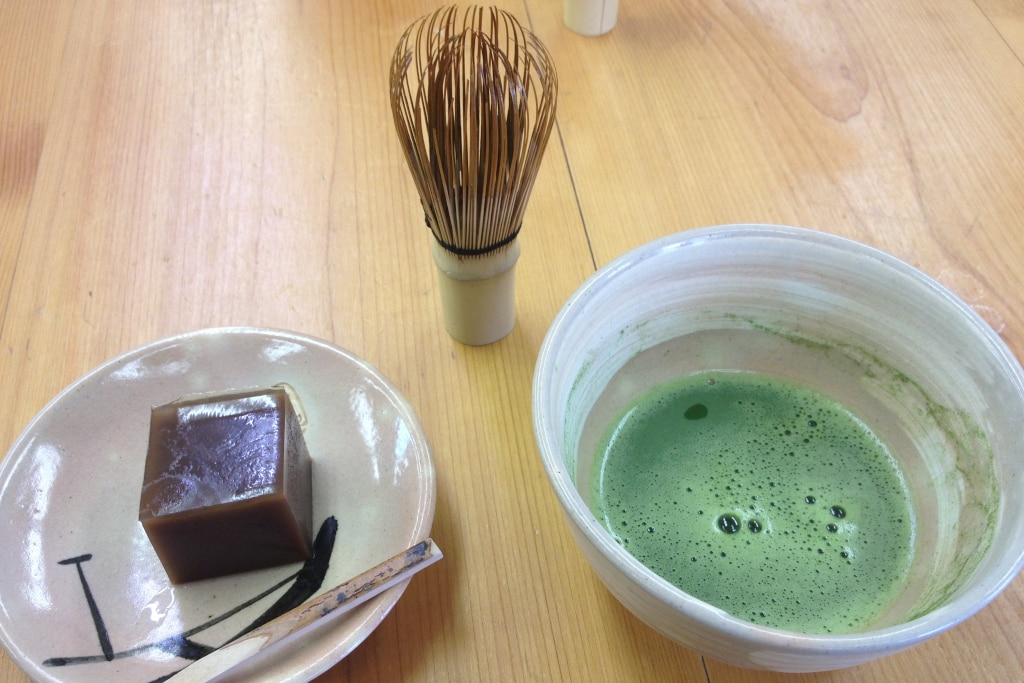
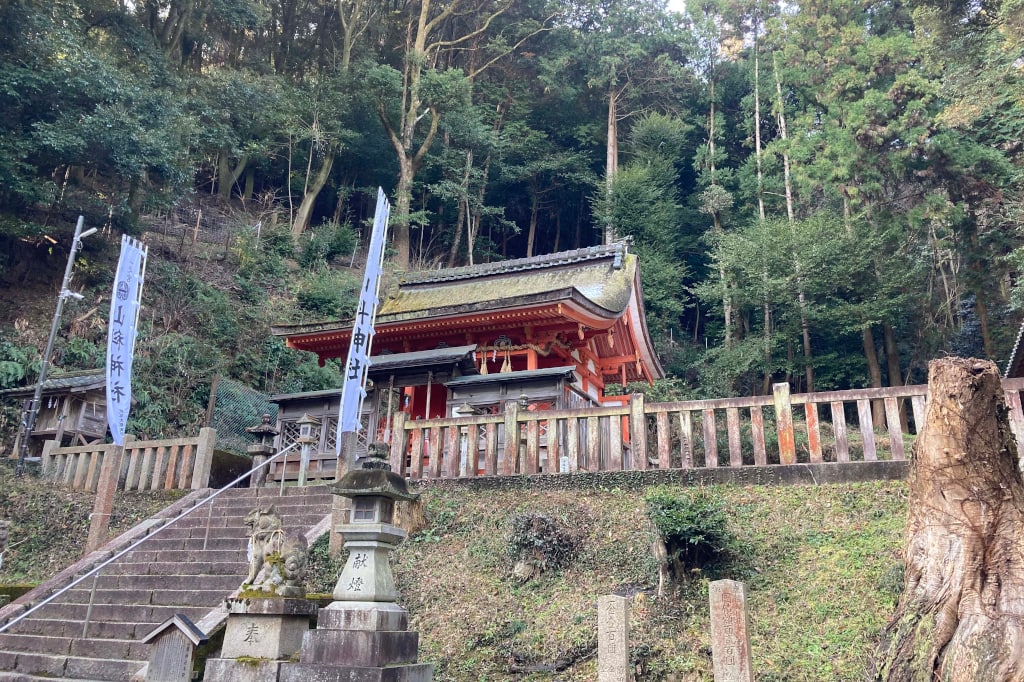

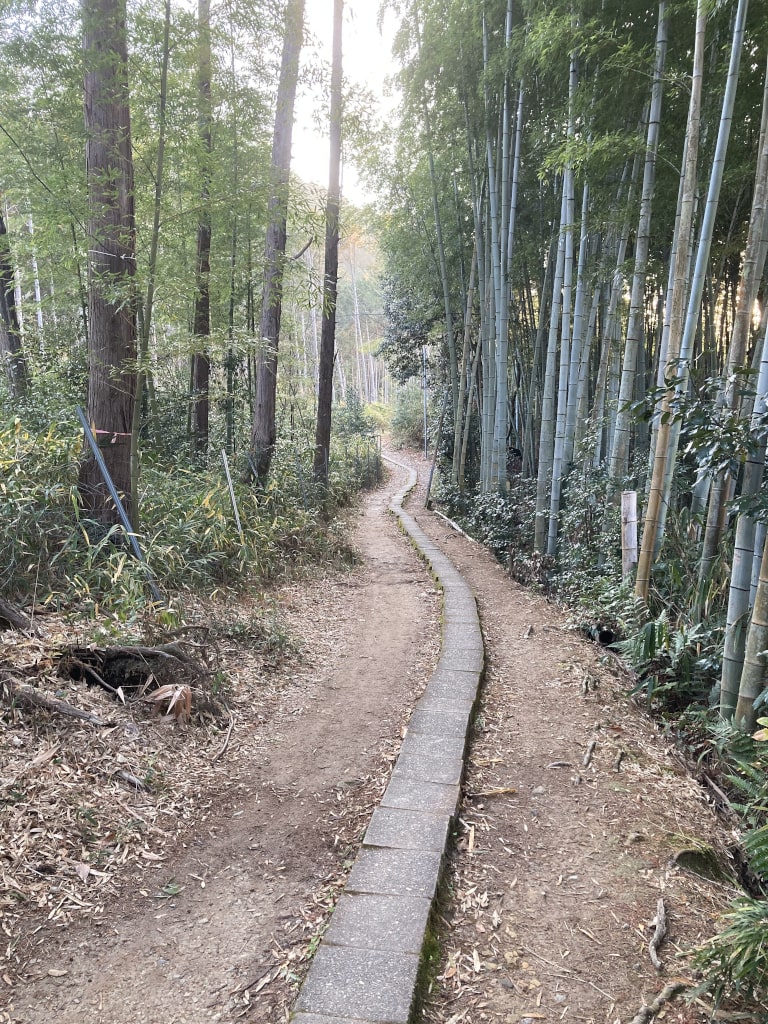
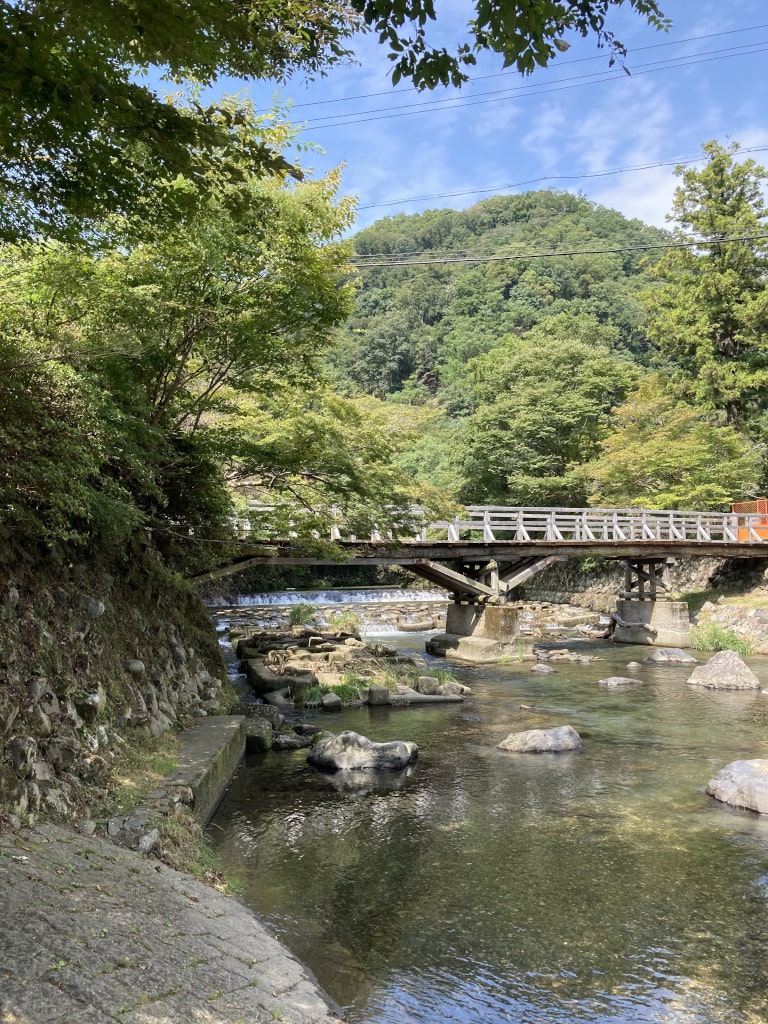



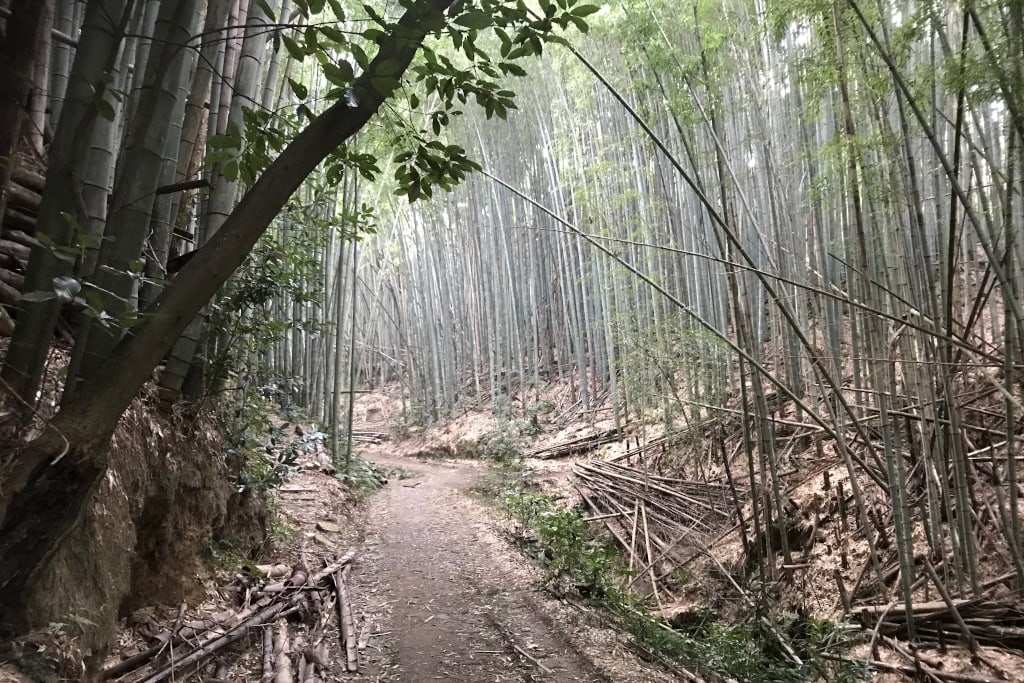
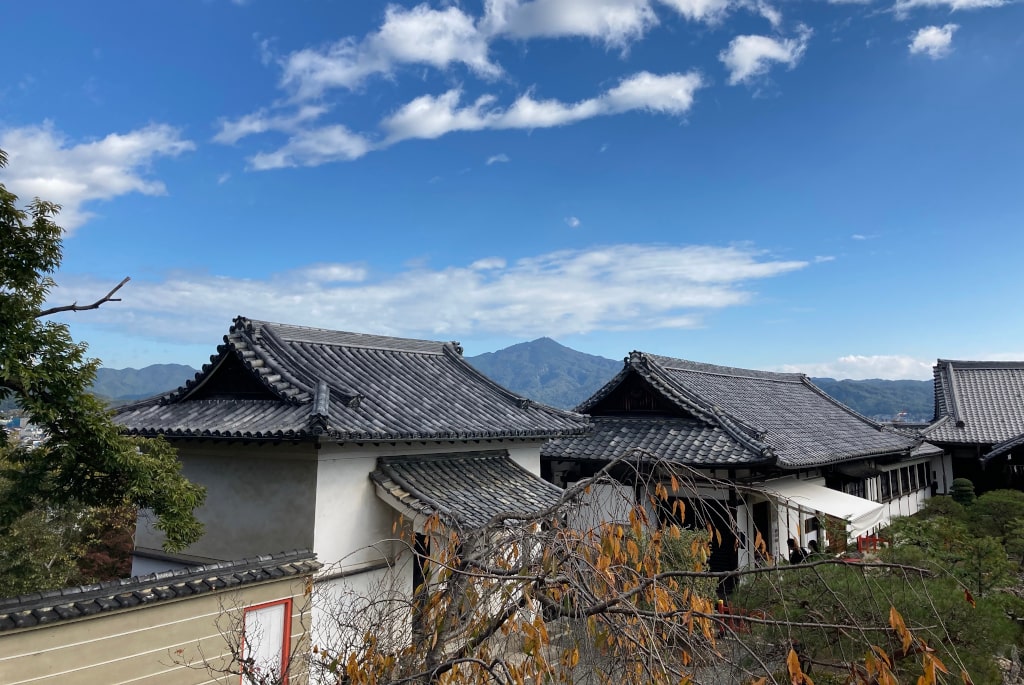

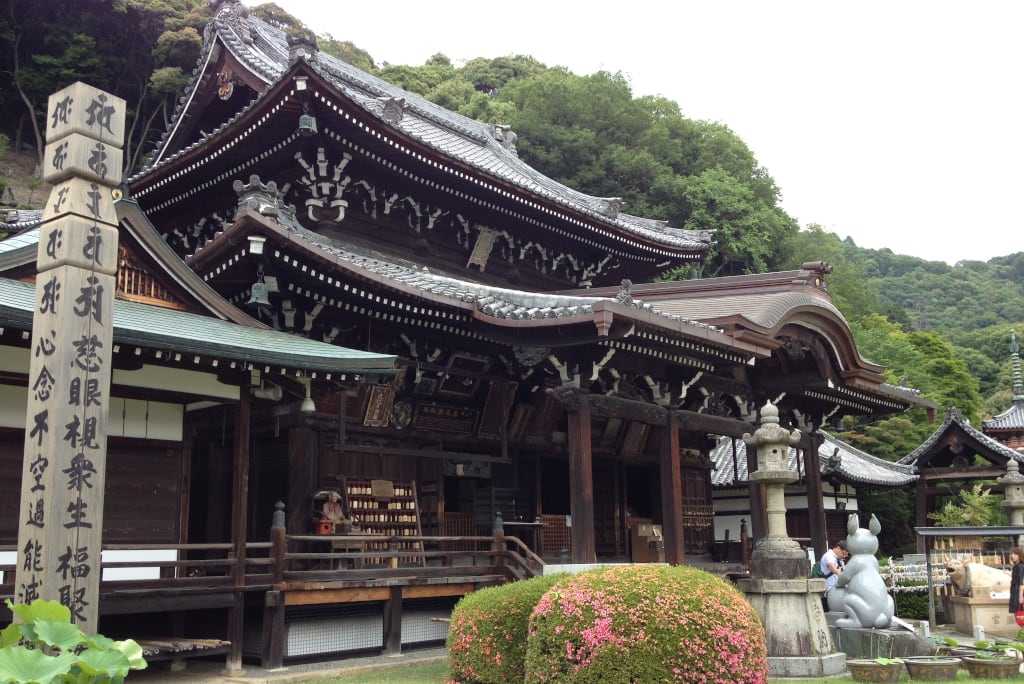







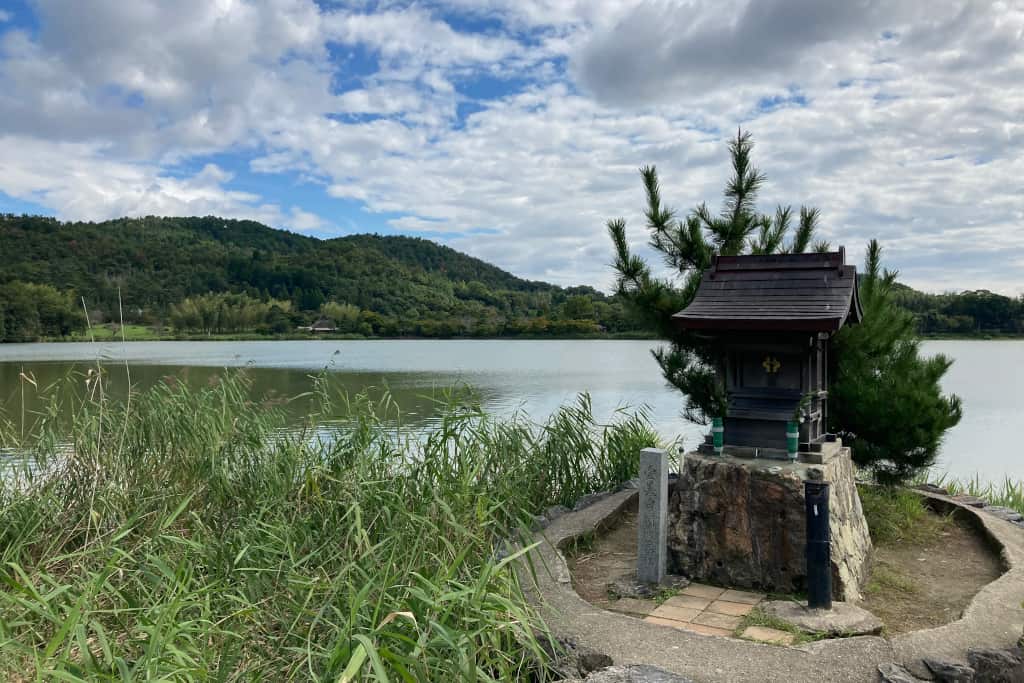





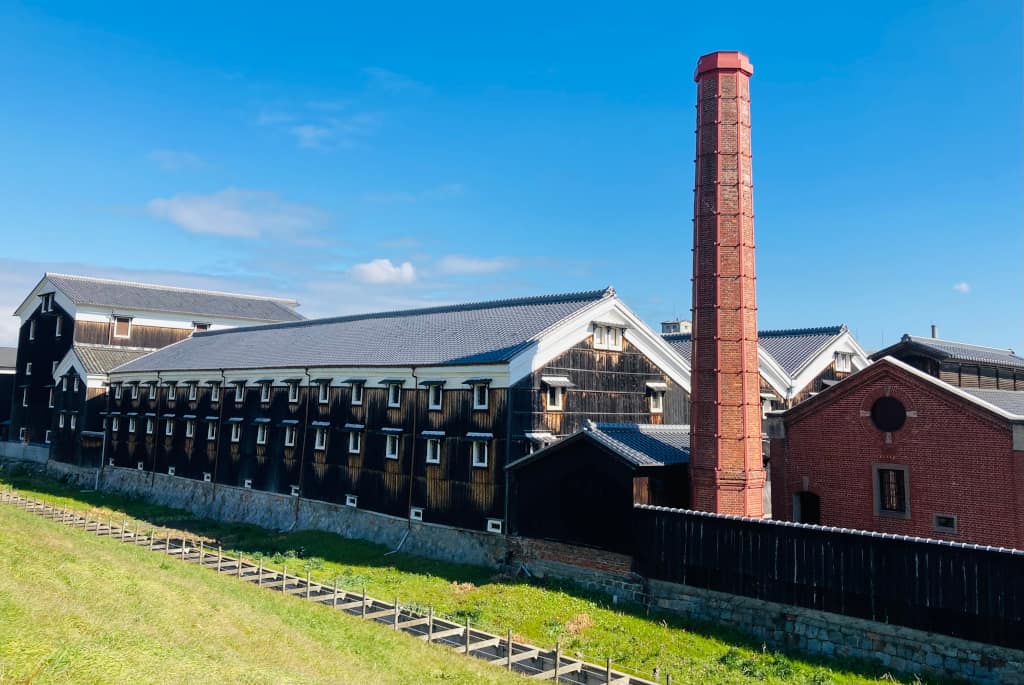

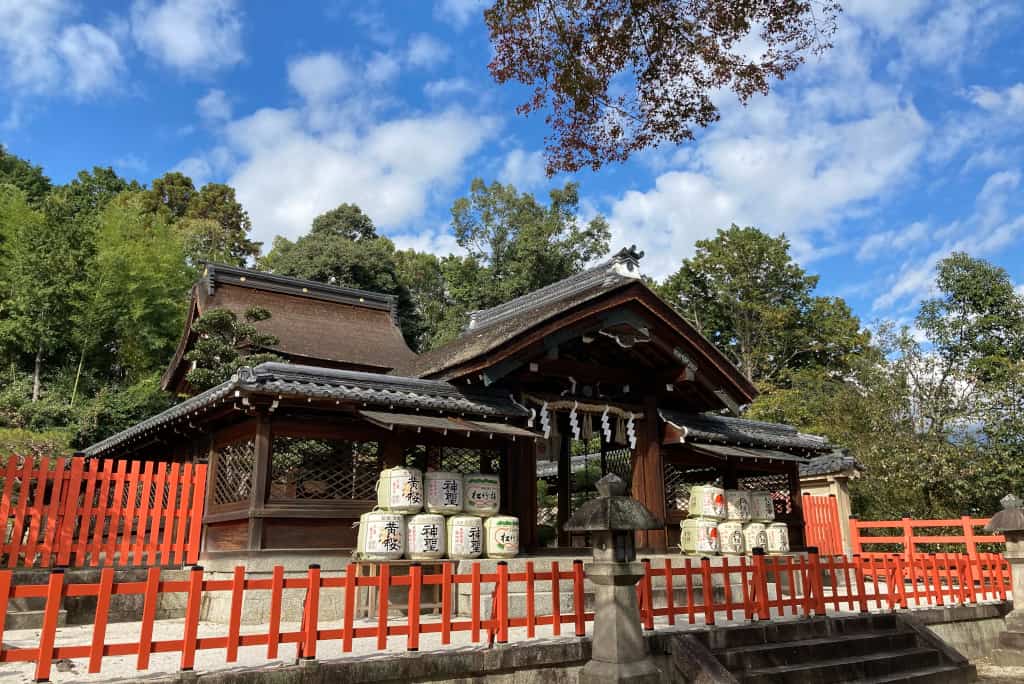

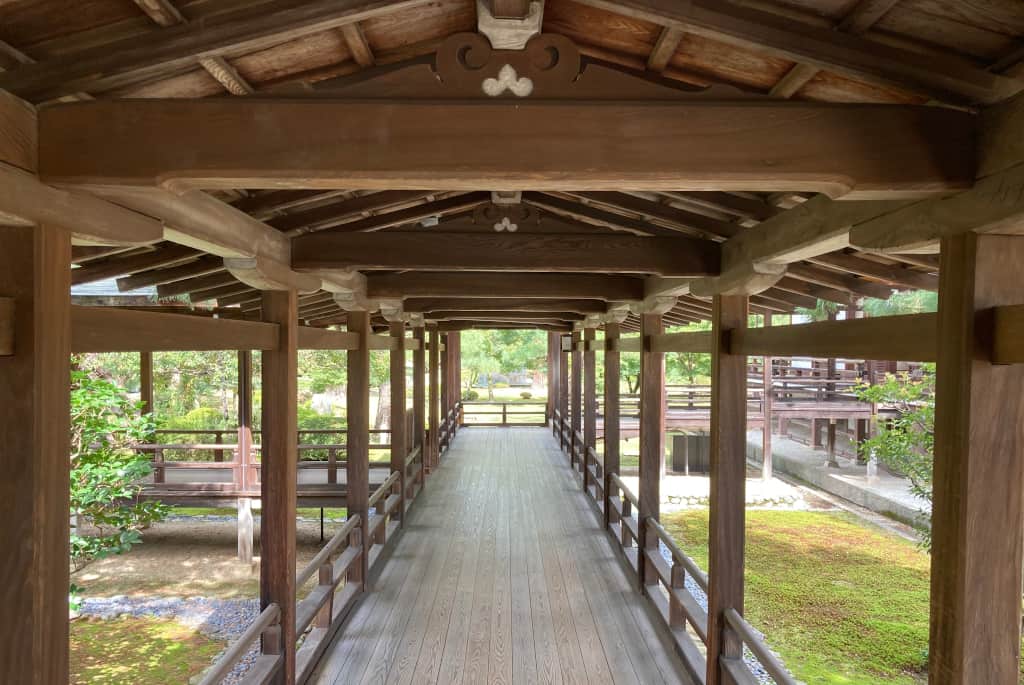
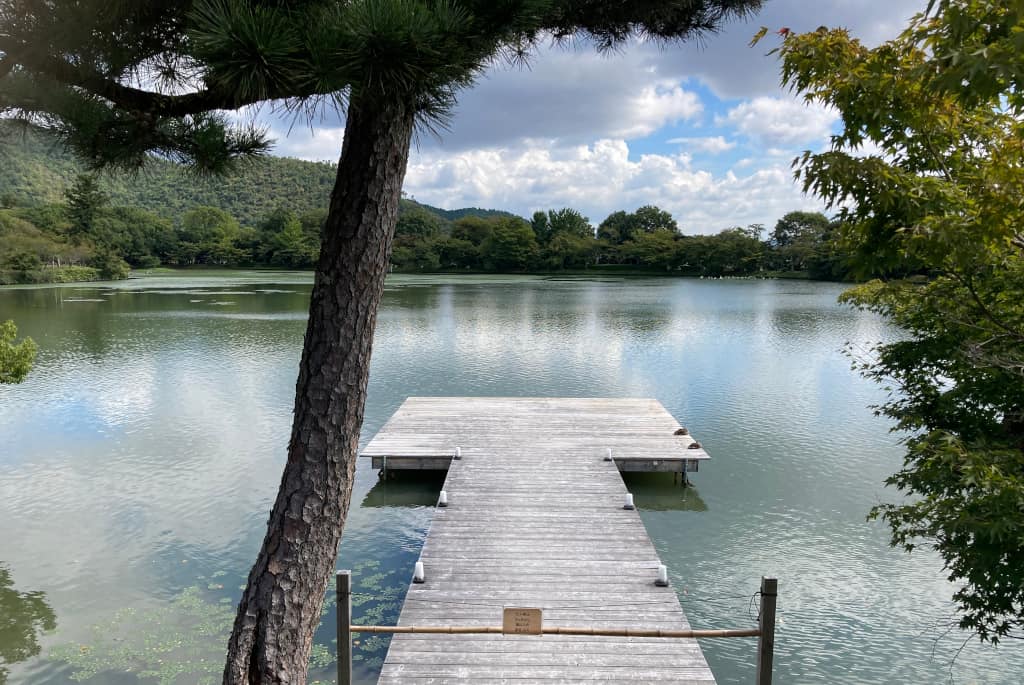

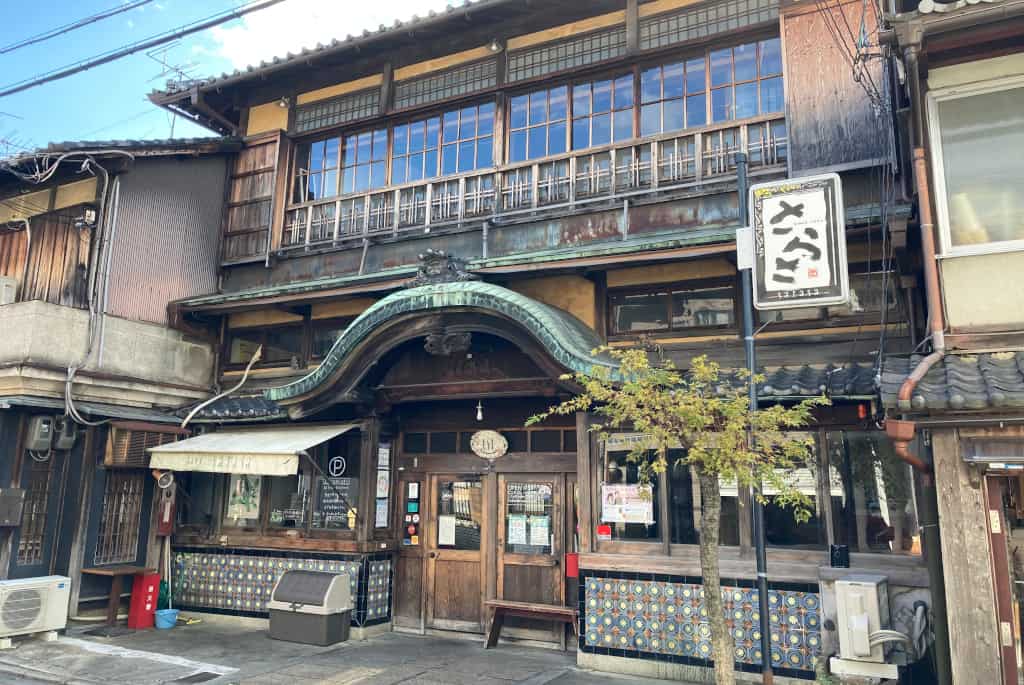

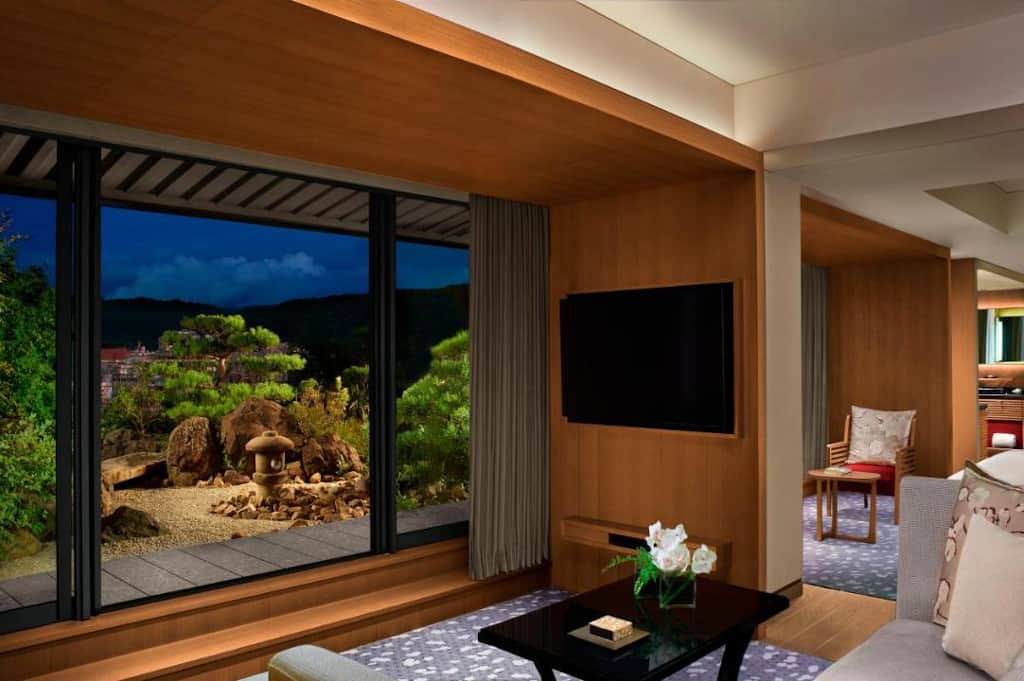
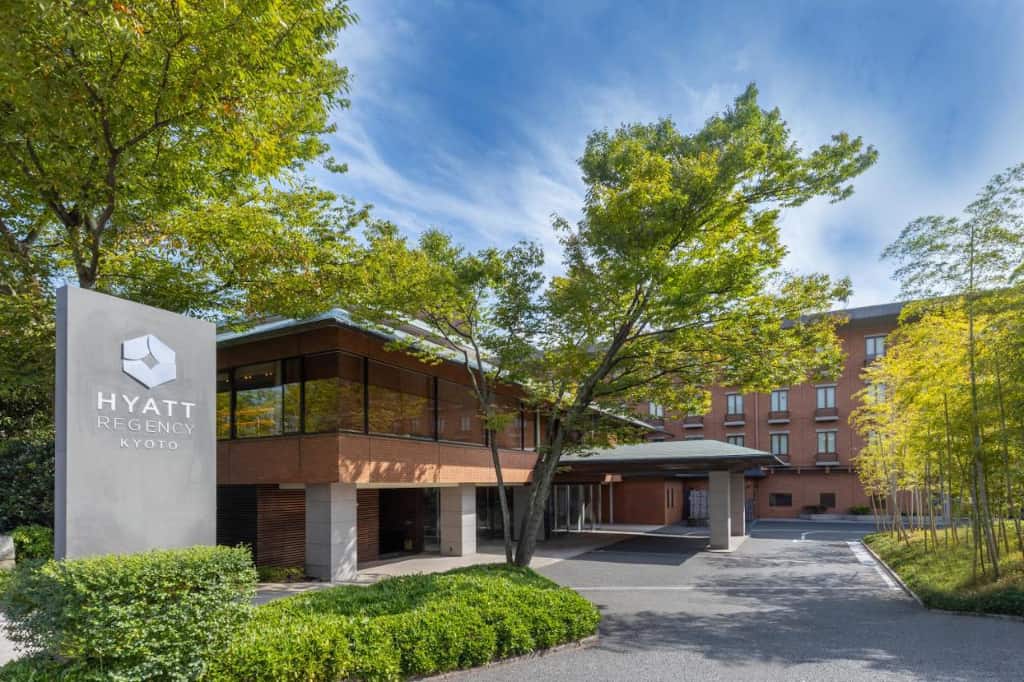
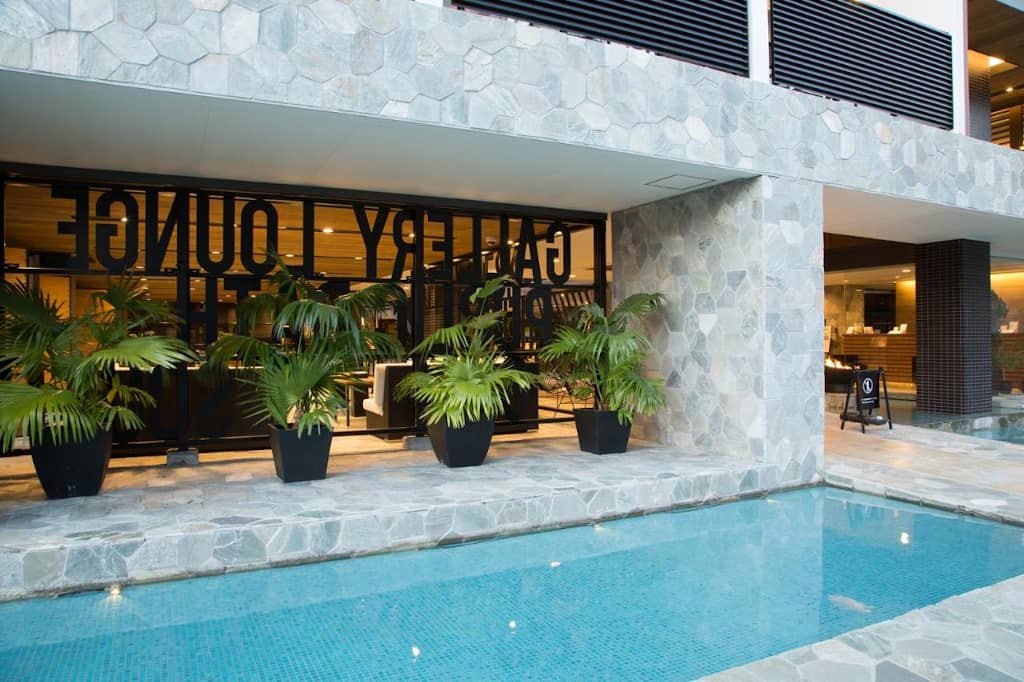
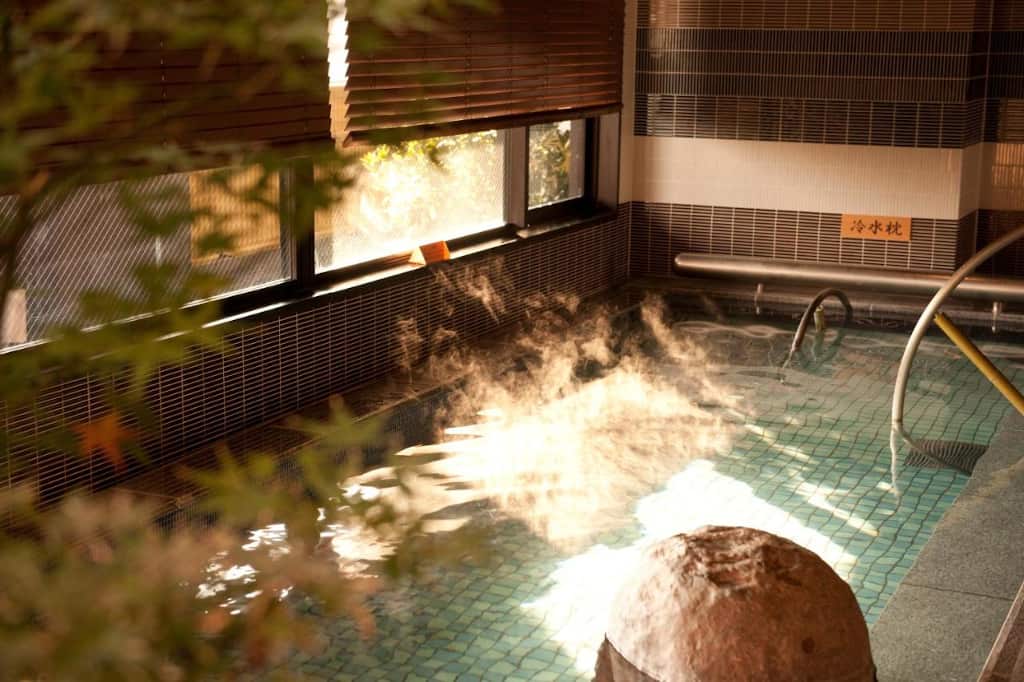
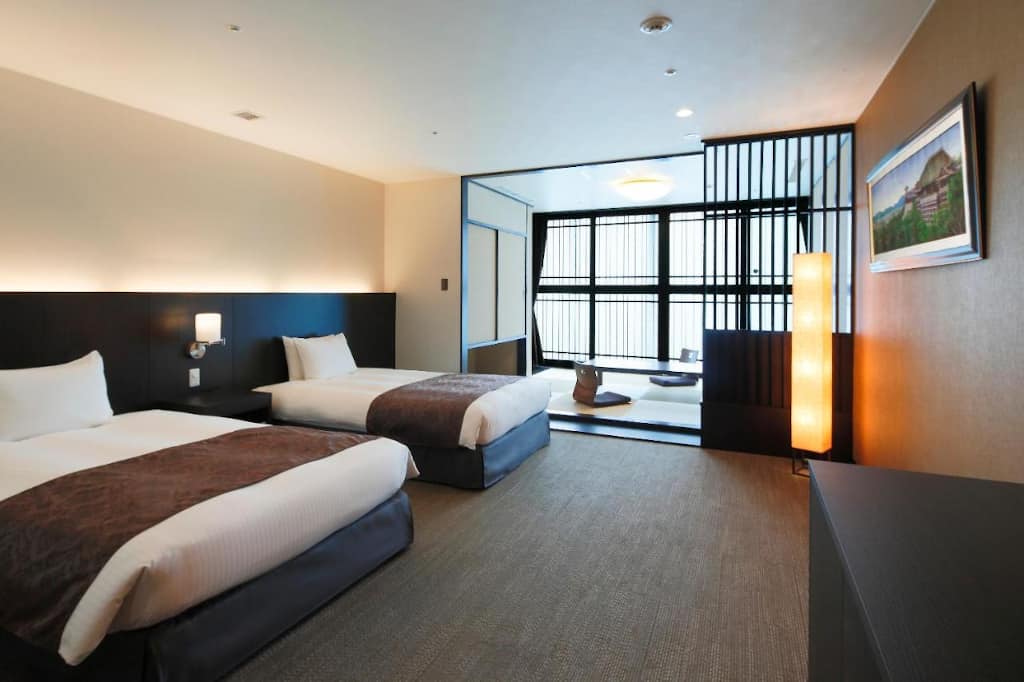
Location Guide Map: Kyoto City
I hope this introductory Kyoto city guide inspires you to add it and some new experiences to your next itinerary. If you have any questions or feedback, please leave a comment below...

About the Author
Phillip Jackson is the writer of the HIDDEN PATHS - Walking Historical Kyoto series of walking guidebooks, along with the companion book PARANORMAL KANSAI - Mysteries & Unexplained Stories of West Japan. Specialising in off the beaten track walking routes of historical, cultural, and natural interest, Phillip is the founder of www.hiddenpathskyoto.com.
Resources
Visit Kyoto City Guide (Official Tourism Website)
Kyoto City Official Travel Guide
Featured Sights
Daikakuji Temple
Eiga Mura - Kyoto Studio Park
Funaokayama (Google translated) | Funaokayama (Japanese)
Kamigamo Shrine
Kyoto Station Building
Kiyomizu-dera Buddhist Temple
Momoyama Castle
Nijo Castle
JNTO Kyoto Guide
The old imperial capital and cultural heart of Japan
Things To Do In Kyoto
Things To Do in Kyoto (Klook)
Things To Do in Kyoto (GetYourGuide)
Things To Do in Kyoto (Viator)
Kyoto Food Experiences
Food tours, cooking classes and dining experiences (byFood)
Kyoto Restaurant Reservations
Make a booking or reservation (byFood)
Further Reading
3 Hidden Kyoto Walks To Get You Off The Beaten Path
6 Magical Spots to See Spectacular Autumn Leaves in Japan
Experience A Beautiful Japanese Tea Ceremony in Kyoto
Feel the Spirit of the Samurai Sword in Kyoto
Kyoto Journal: Celebrating Japanese Culture in Style
Kyoto Traveler’s Inn – The Kyoto Hotel That’s Also An Art Gallery (Review)
Seike Yuba (Tofu Skin) Restaurant, Kyoto
Steam Locomotive Kyoto Railway Museum (Video)
Stardust Vegan Cafe & Boutique, A Kyoto Oasis
Tokyo, Kyoto & Hiroshima (Book Review) Must Buy?
Top 6 Best Rated Kyoto Cycling Tours
Valuable Insights From my 17th Trip To Japan (Includes 28 Day Itinerary)
Why You Should Explore Kamigamo Shrine In Kyoto
Why You Should Explore Kyoto Train Station’s Dramatic Architecture
More Destination Ideas
My List of Recommended Japan Travel Resources
Recommended Japan Travel Resources
Prepare For Your Trip
If you enjoyed this article please share this image:



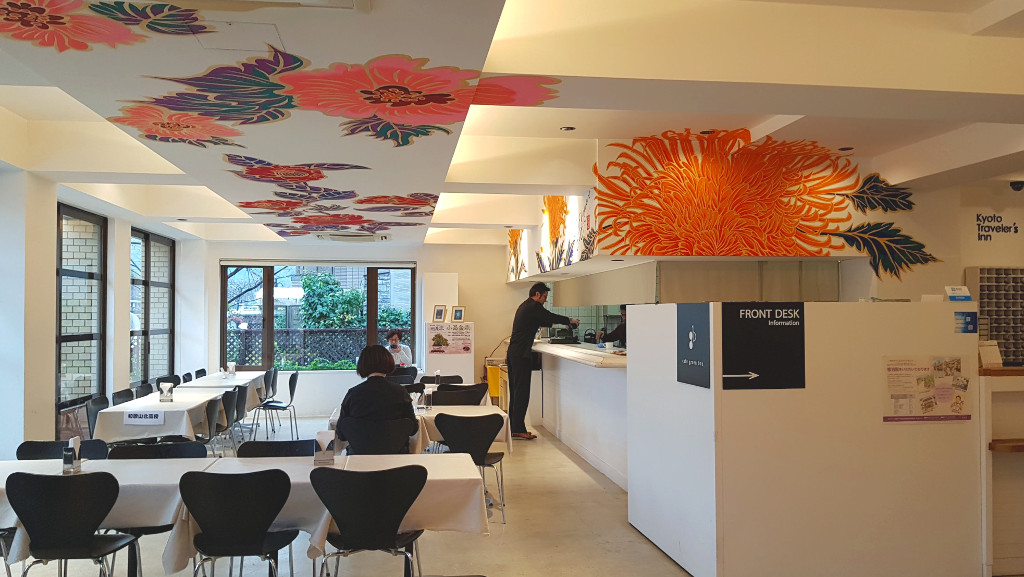
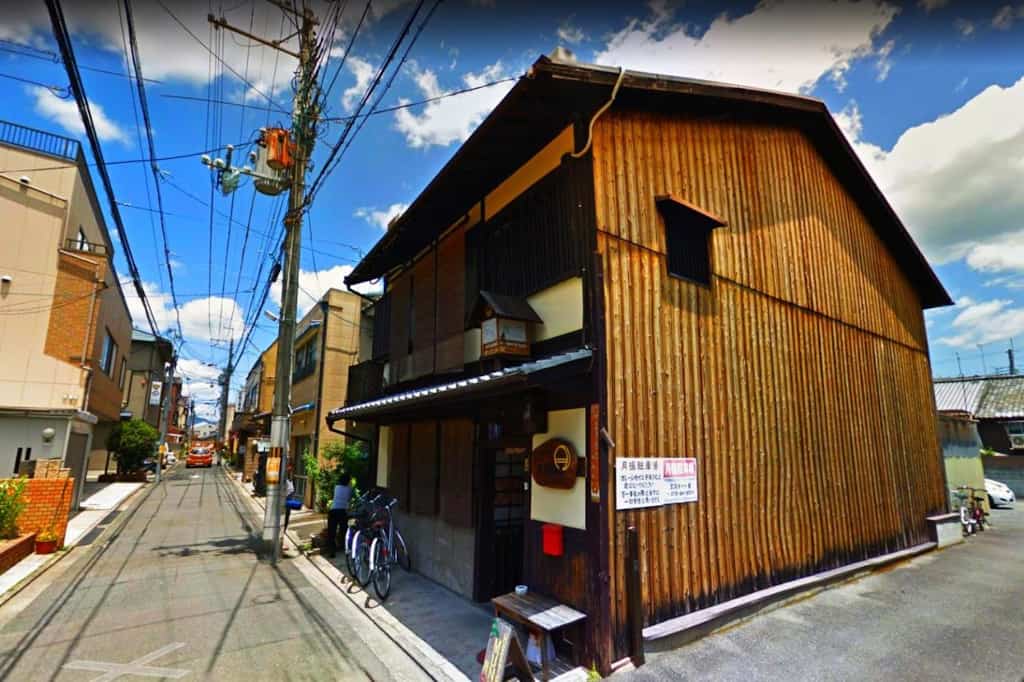
Great article!
Thanks, Phillip will be pleased to hear that.
Thank you for the feedback, always good to know when the content is helpful and an enjoyable read.